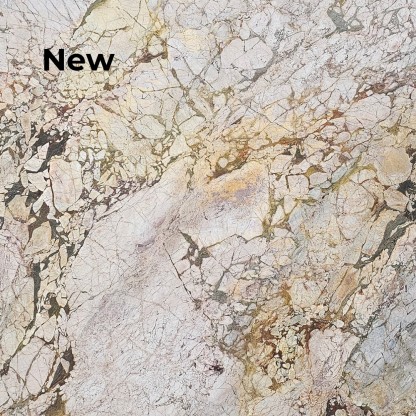
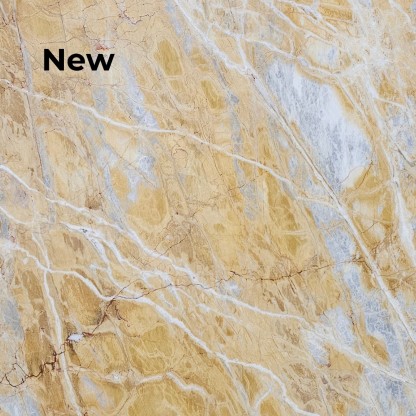
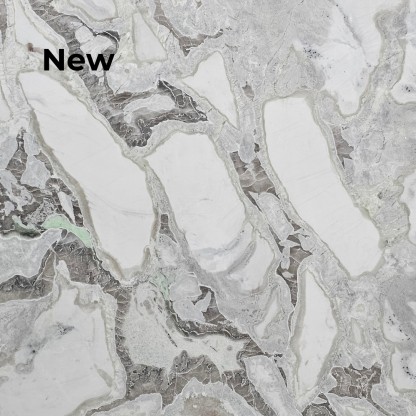
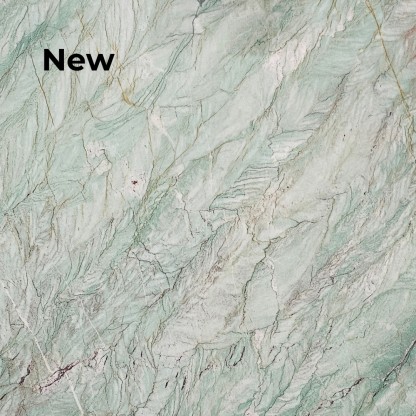
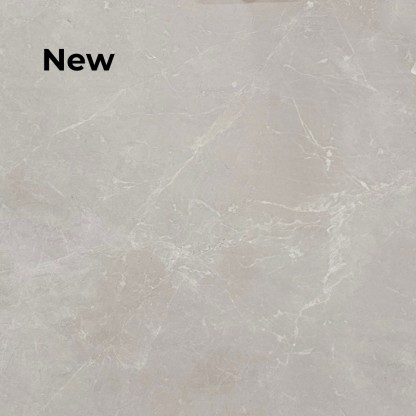
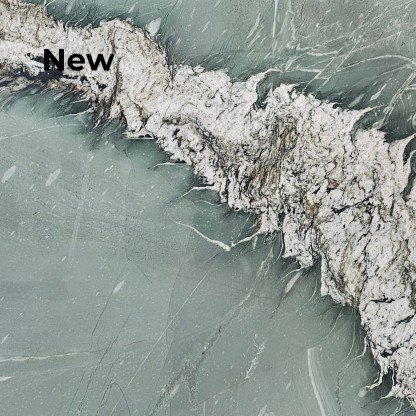
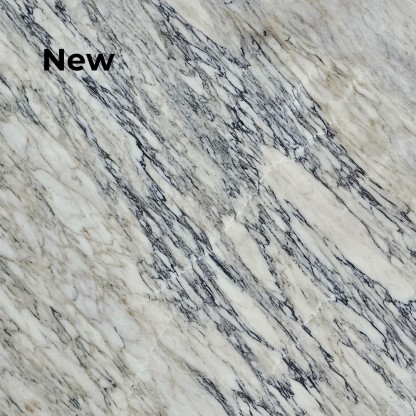
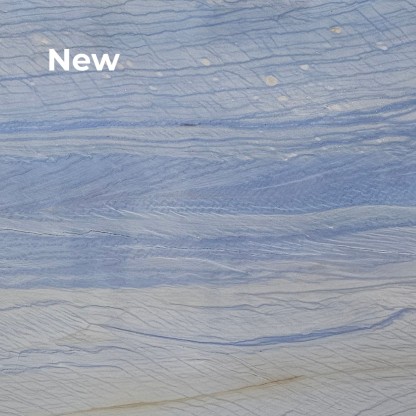
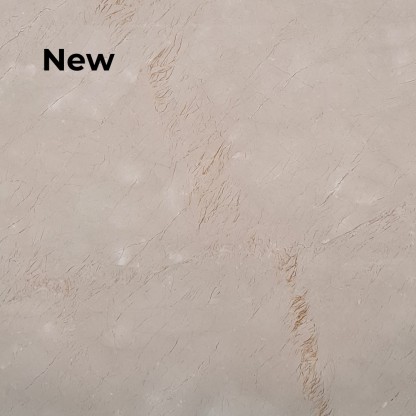
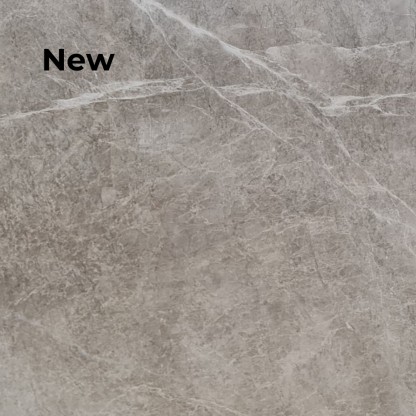
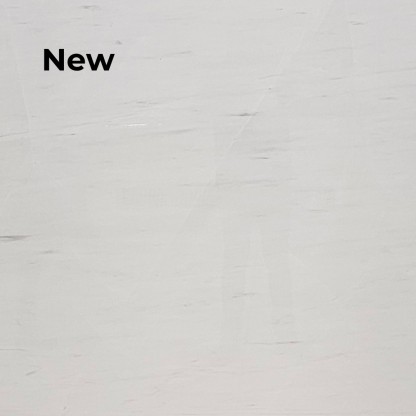
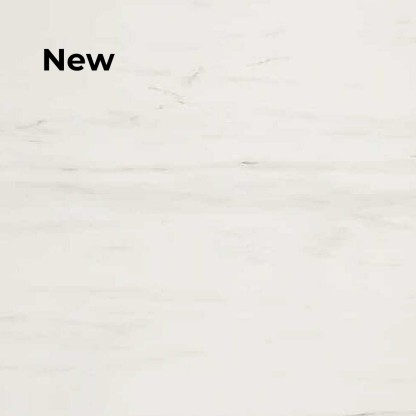
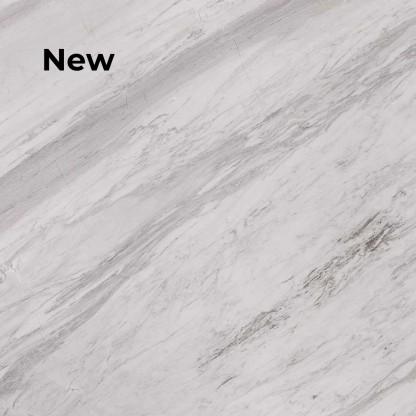
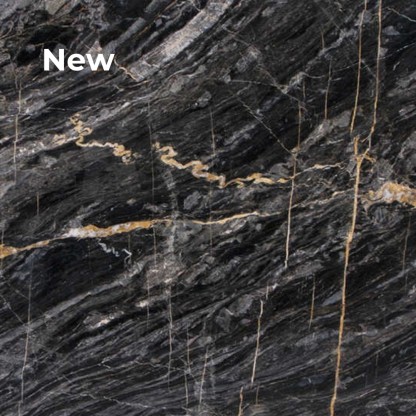
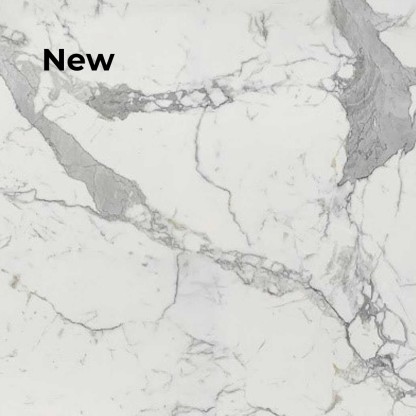
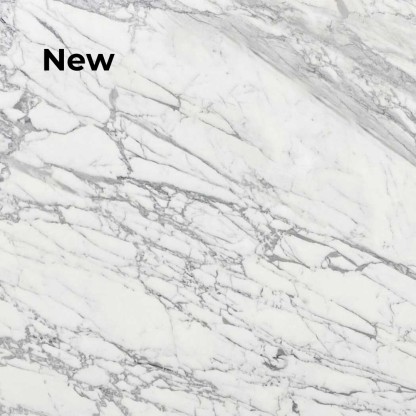
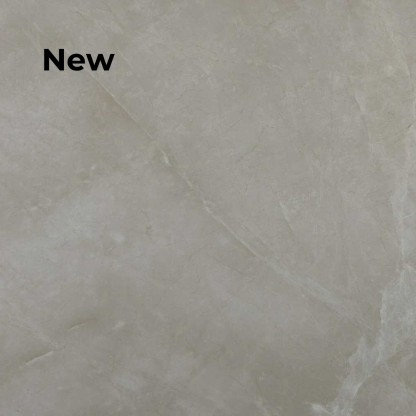
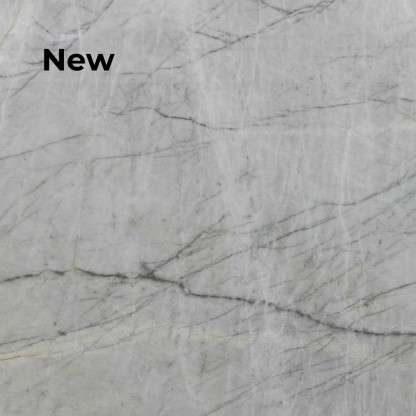
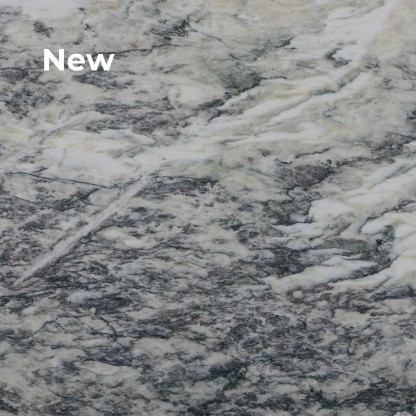
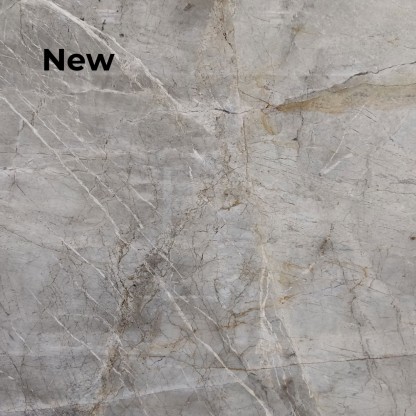
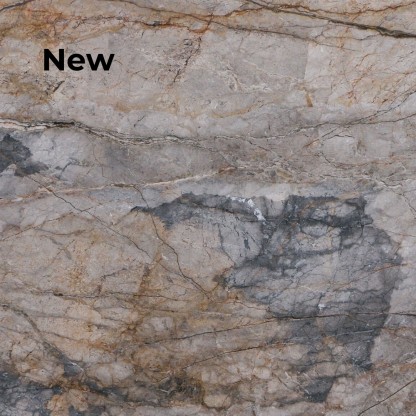


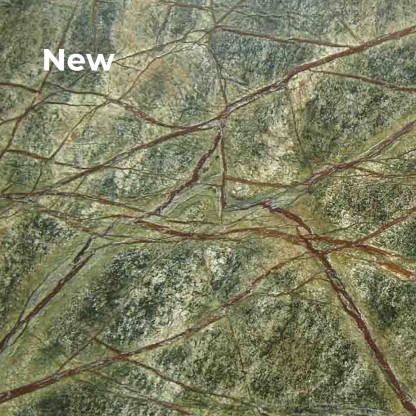
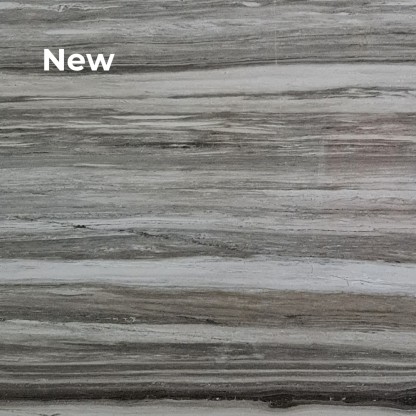

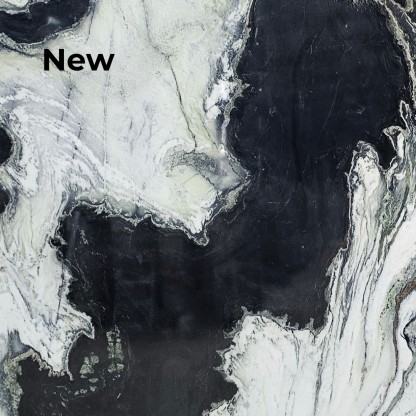
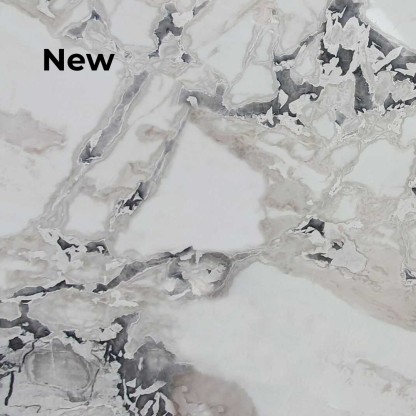
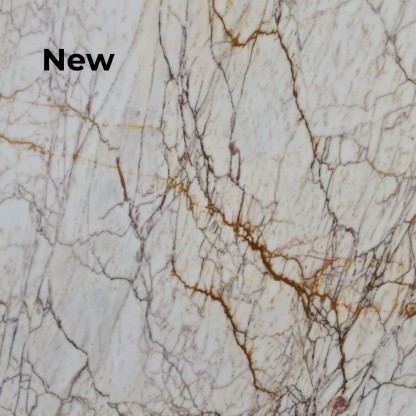
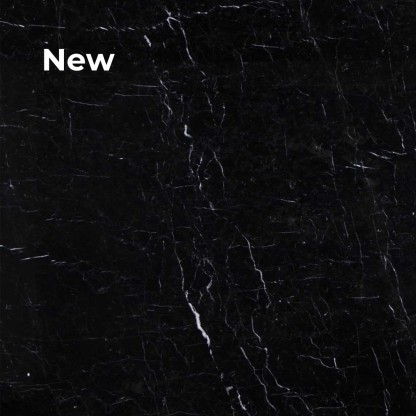
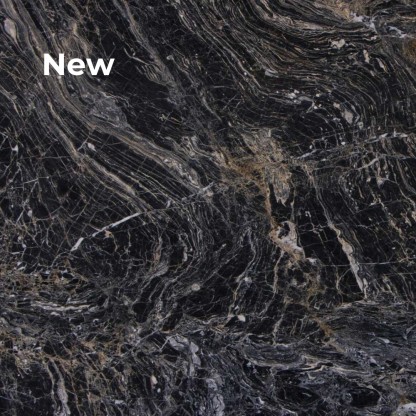
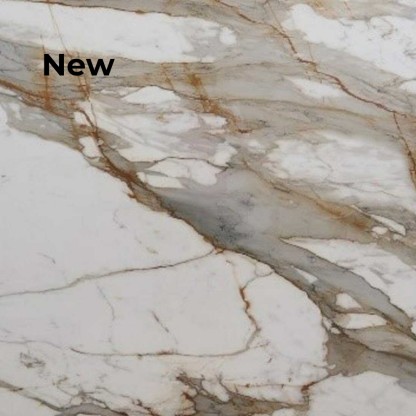
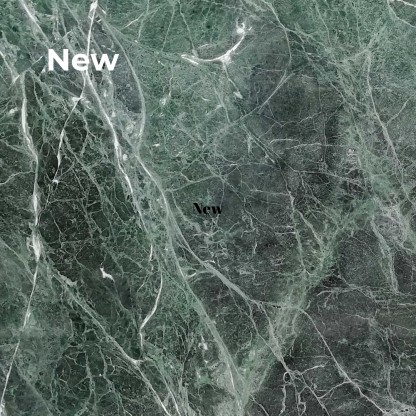
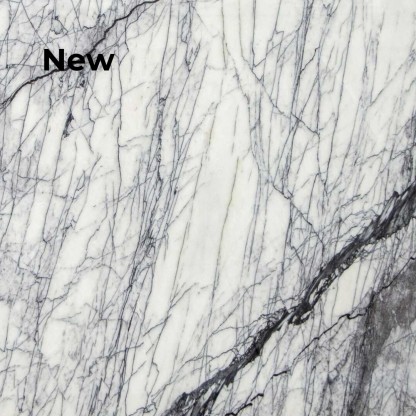

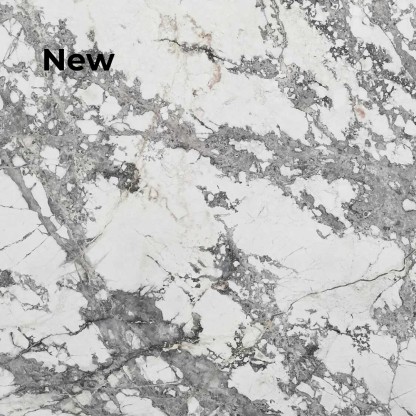
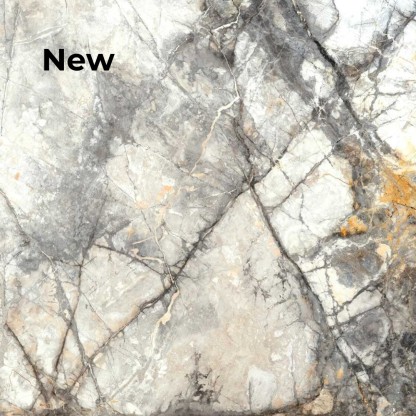
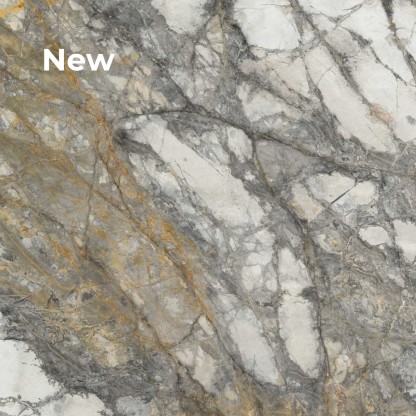
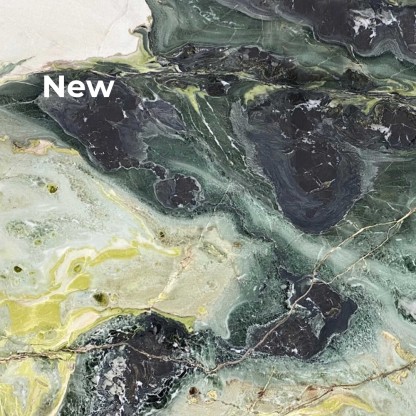
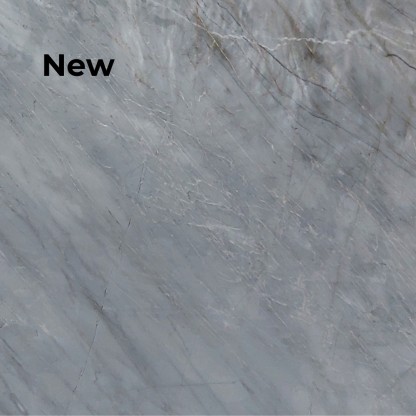
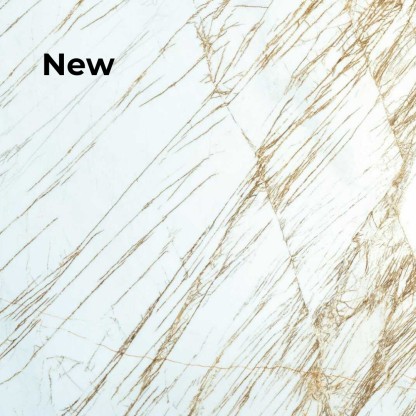
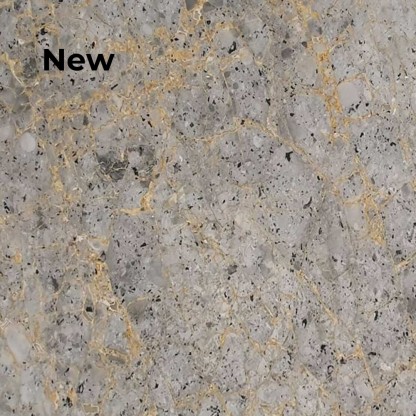
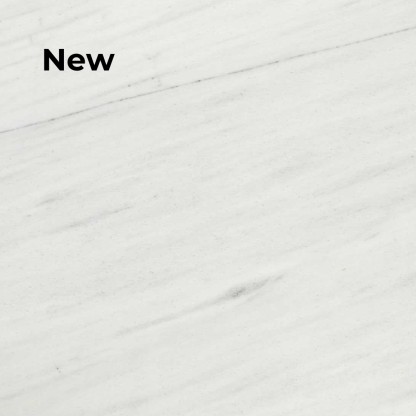
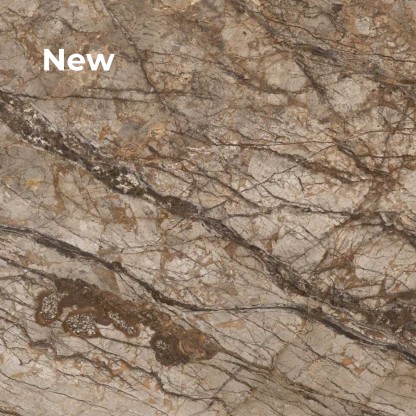
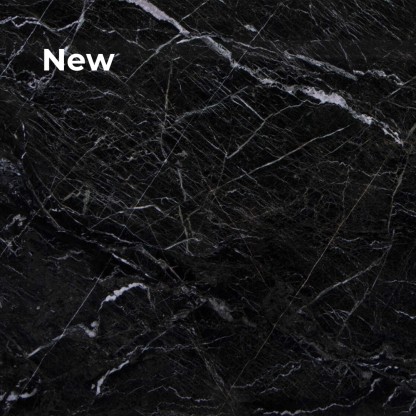
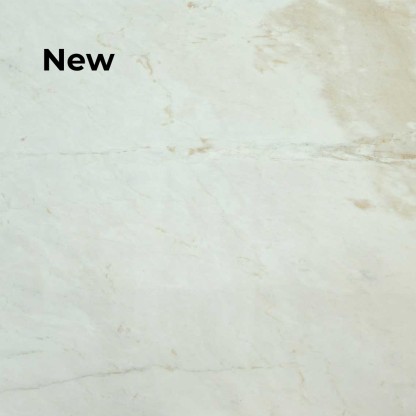
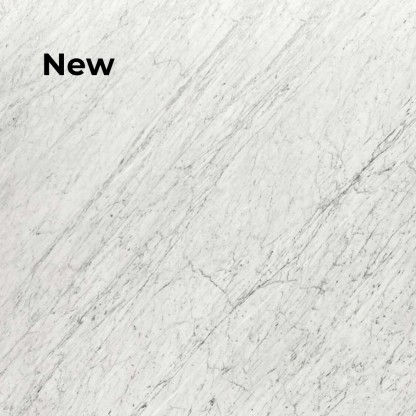
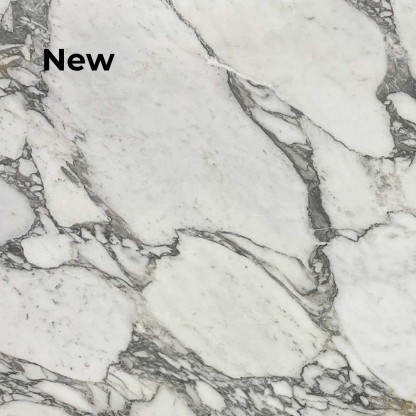
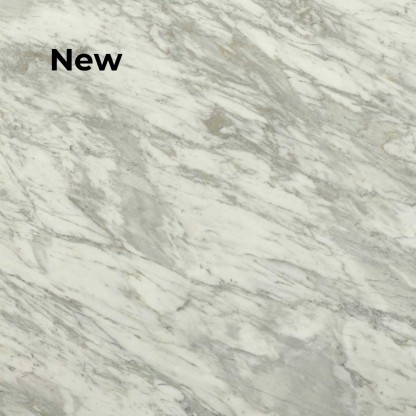
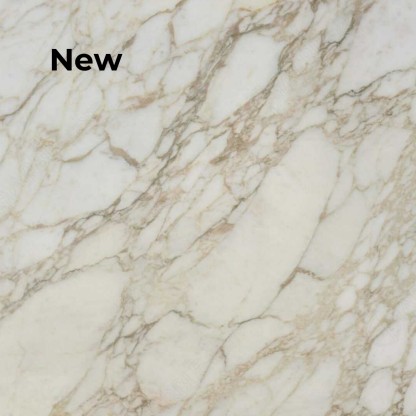
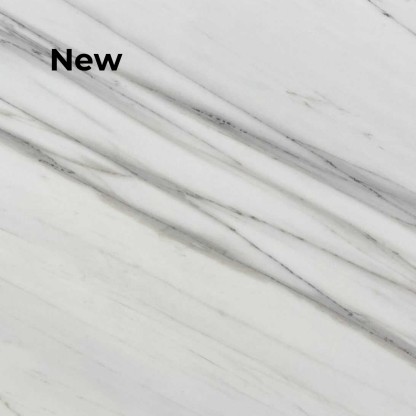
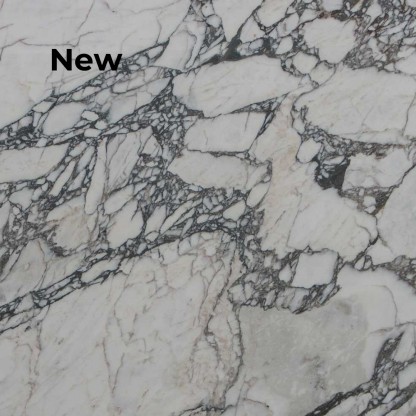
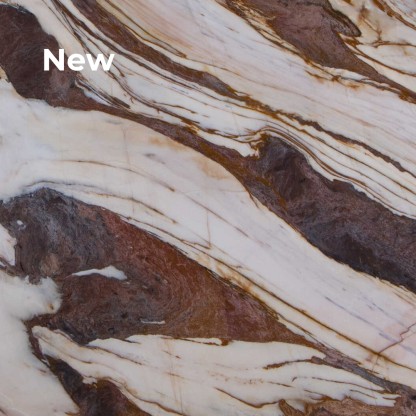
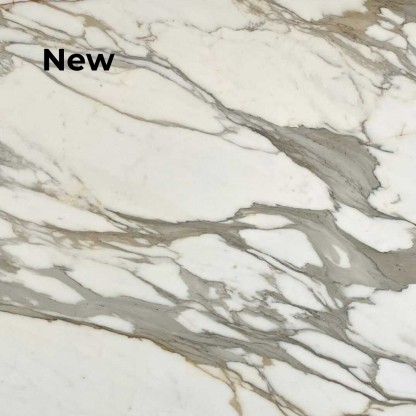
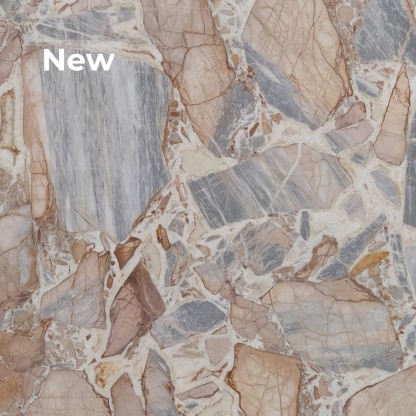
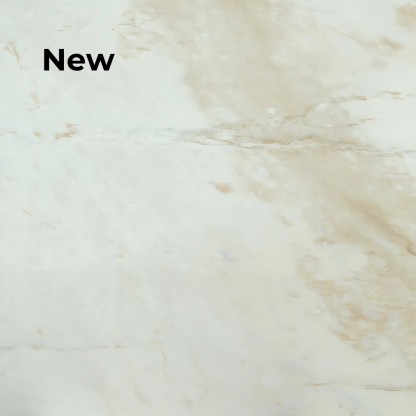
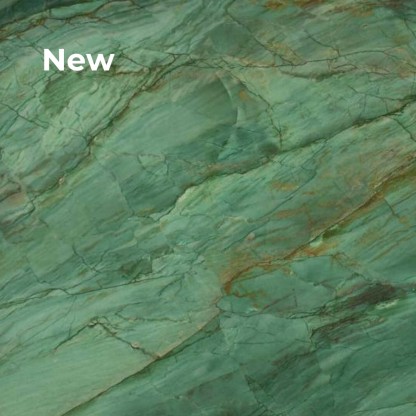
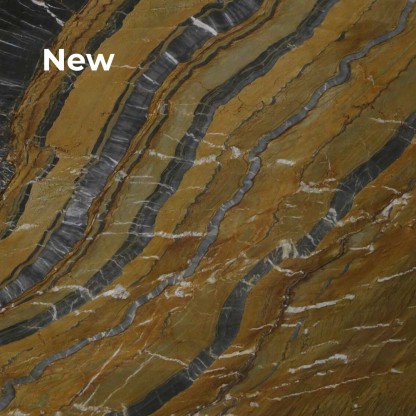
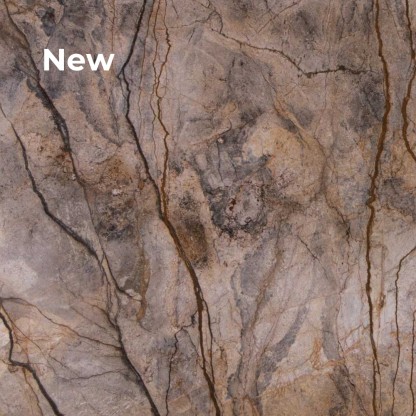
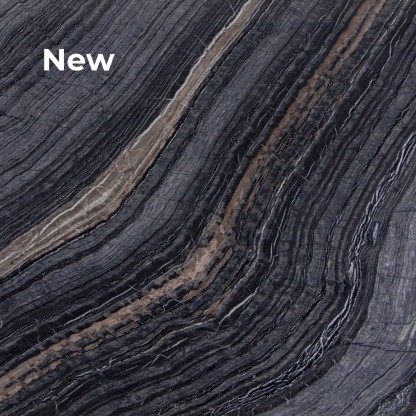

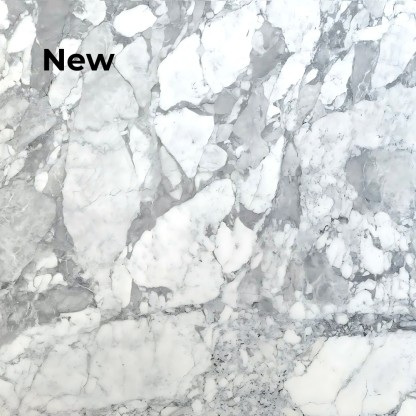
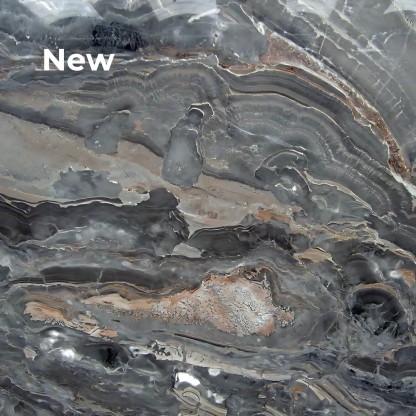

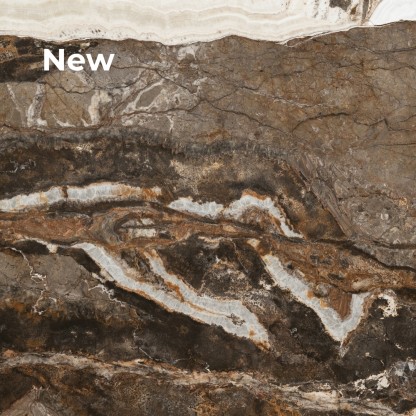
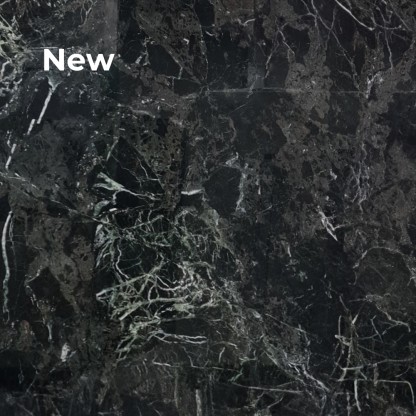
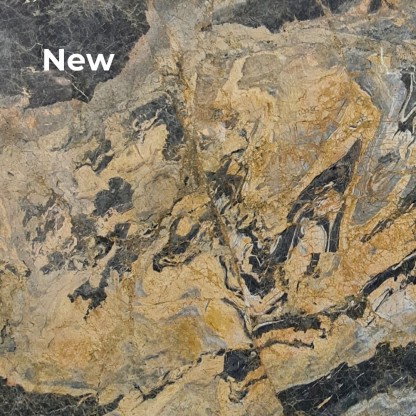
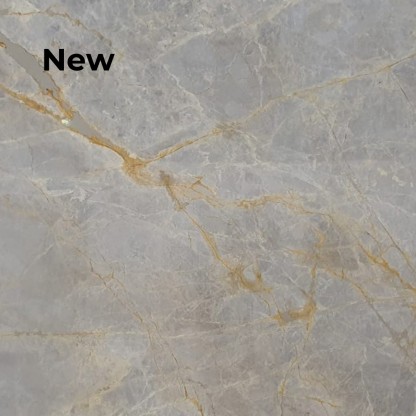
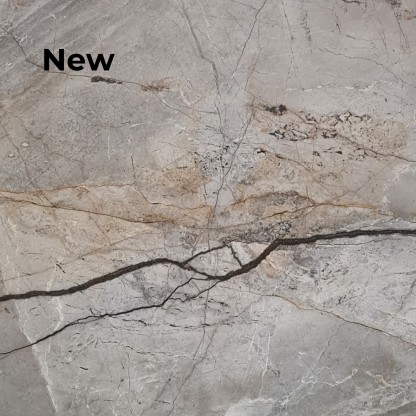
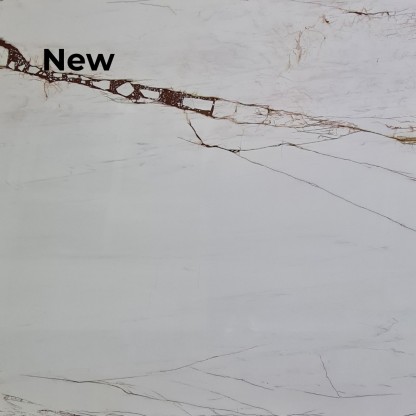
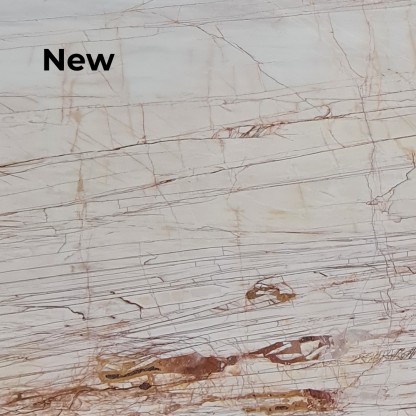
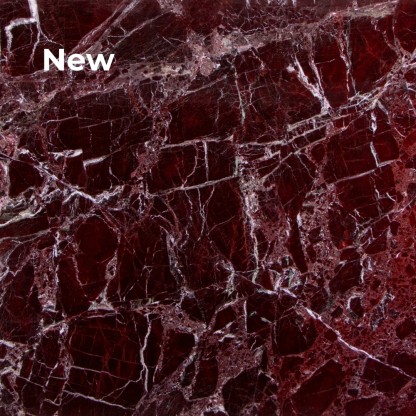
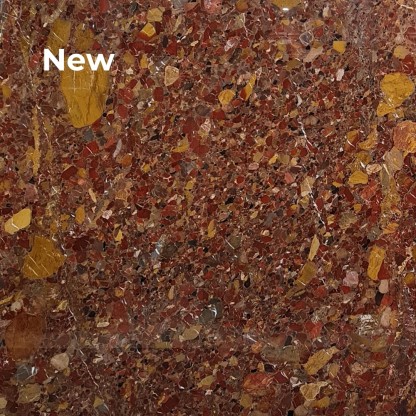
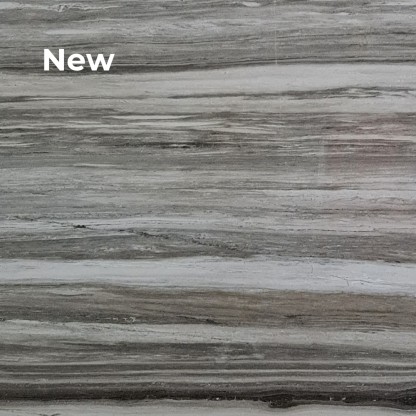
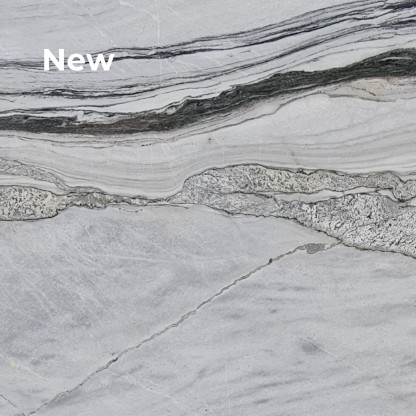
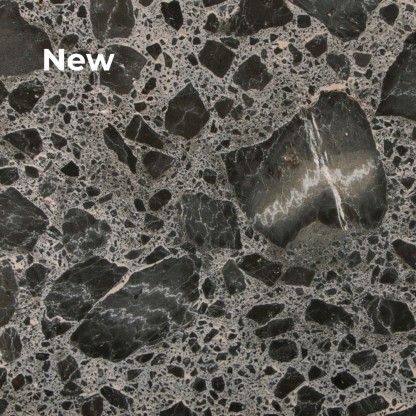
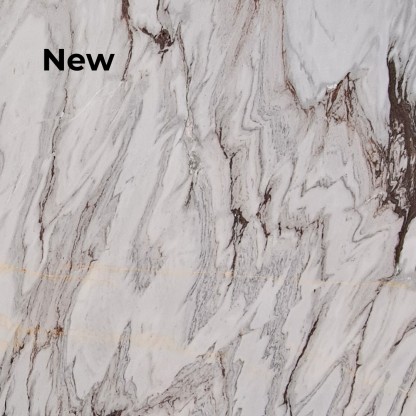
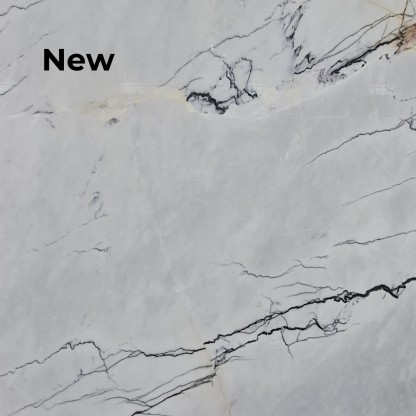

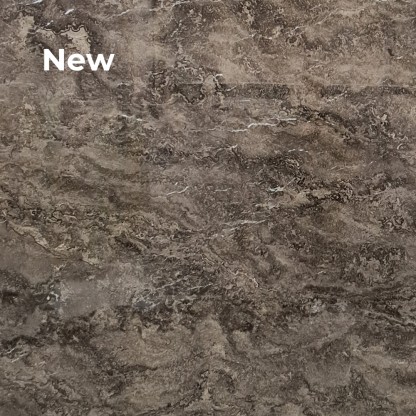
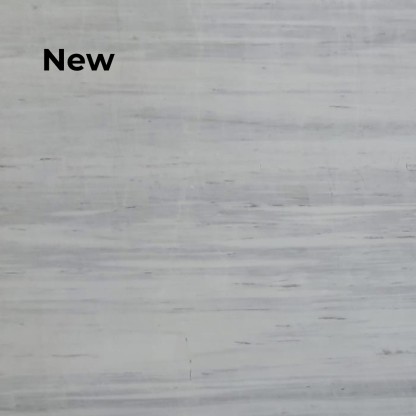
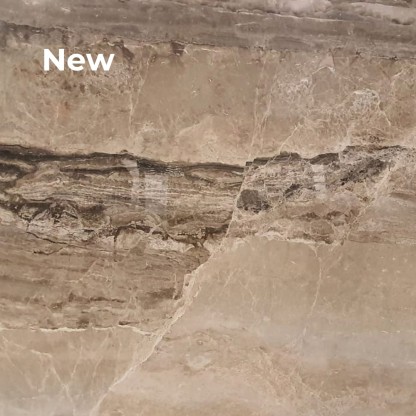
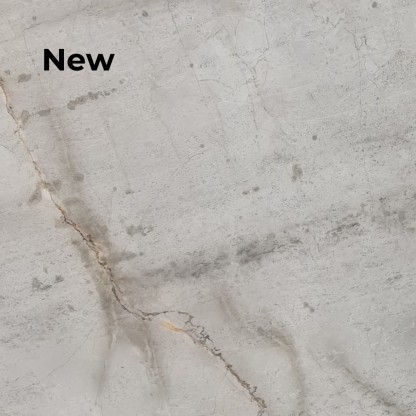
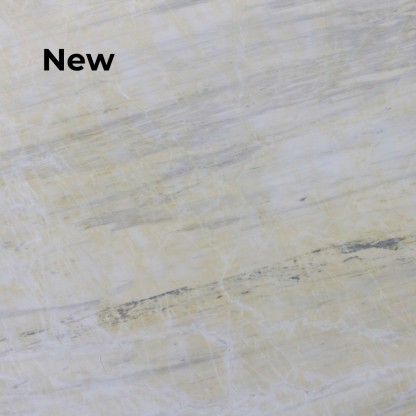
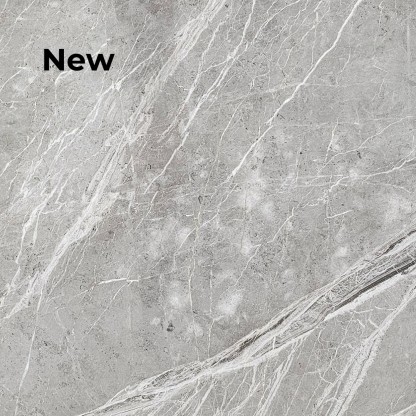
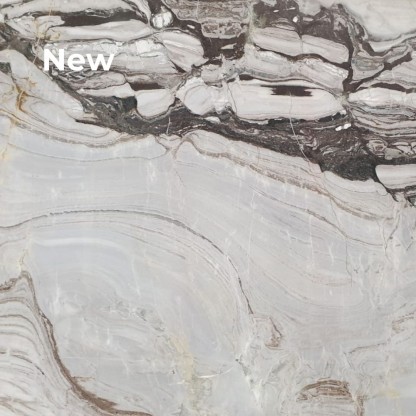


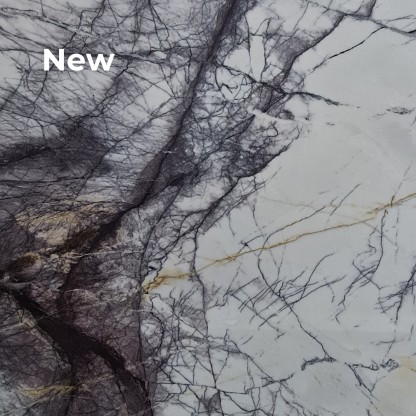
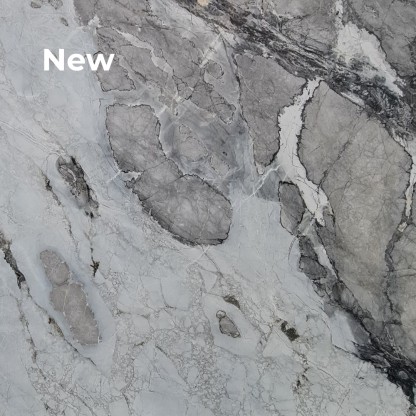
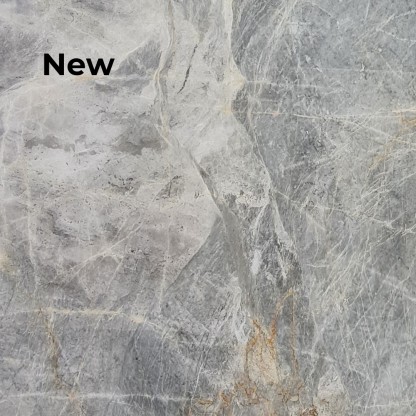
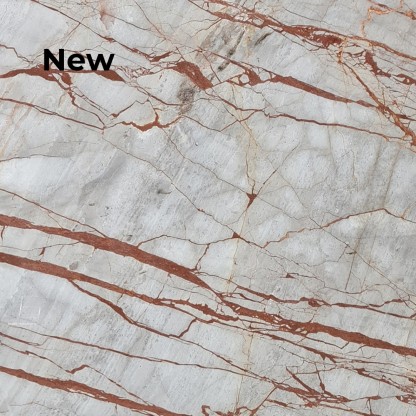
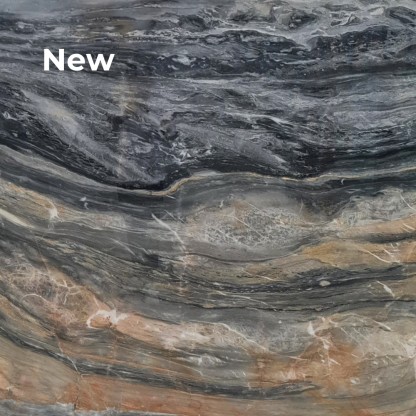
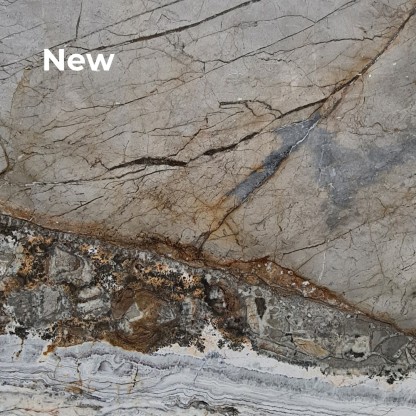
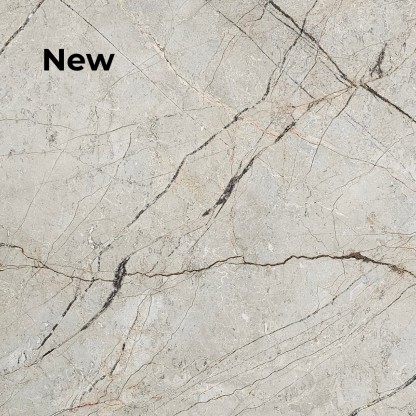
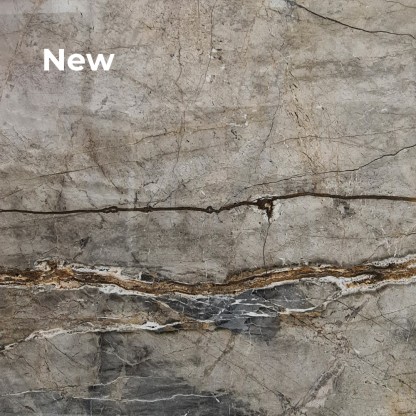
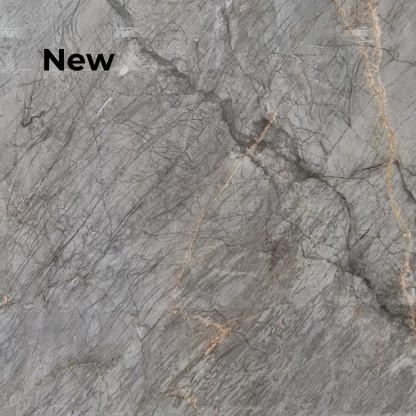
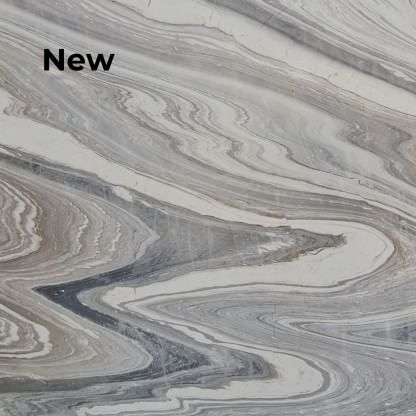
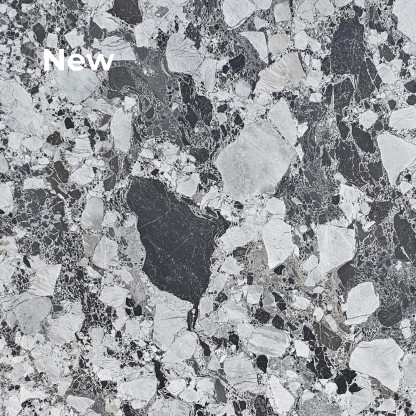
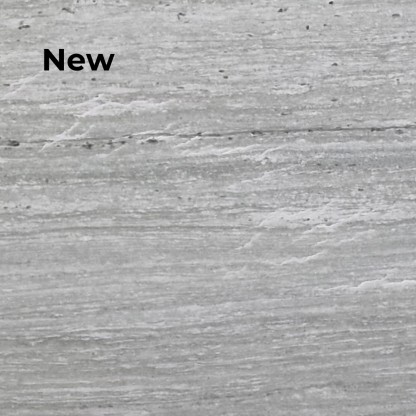
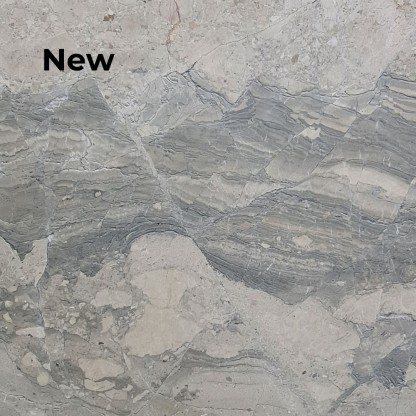
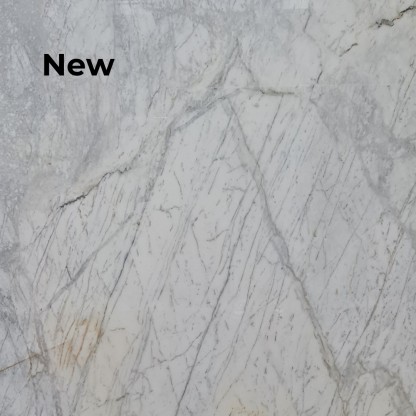
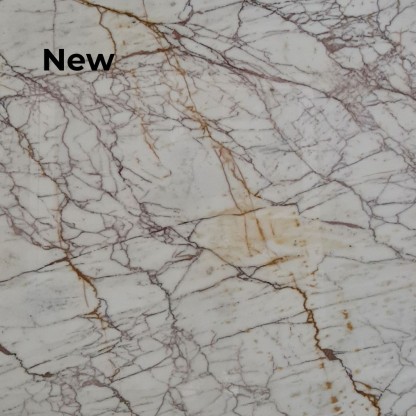
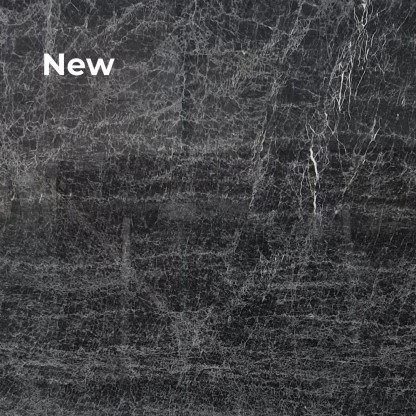
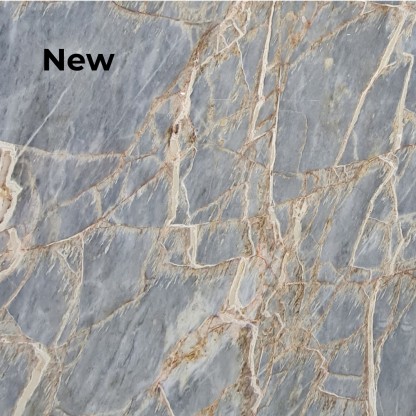
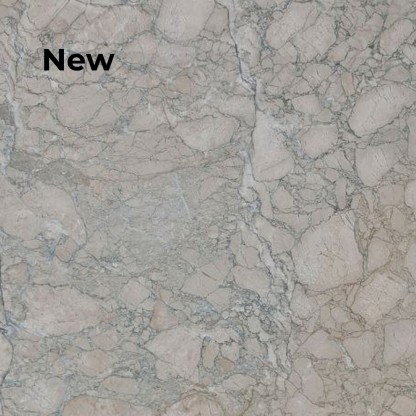
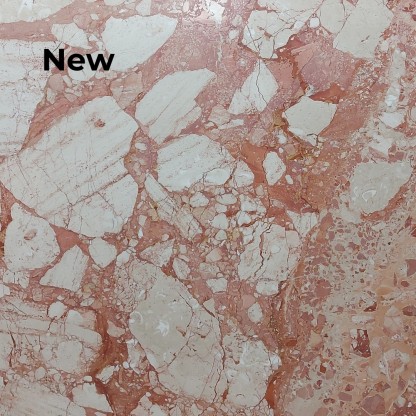
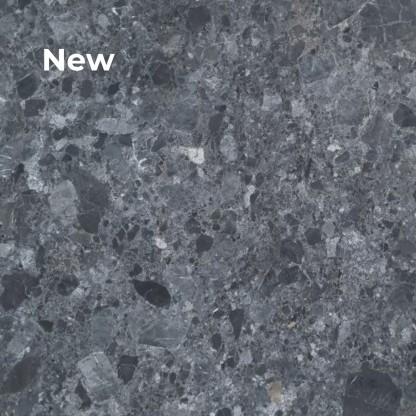
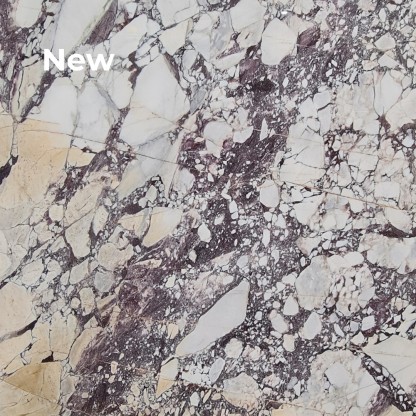
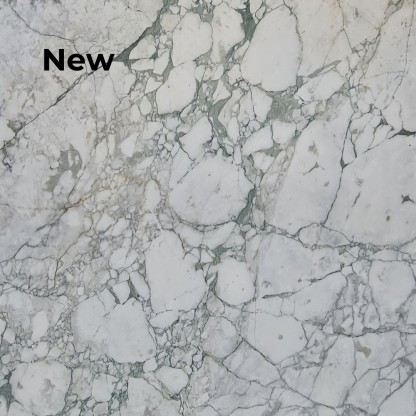
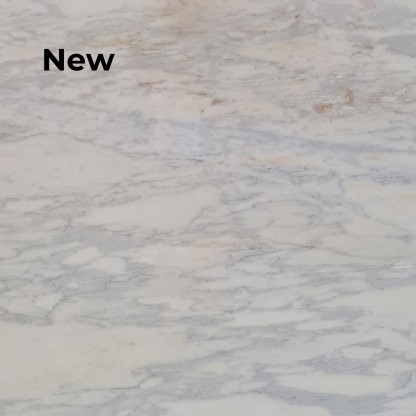
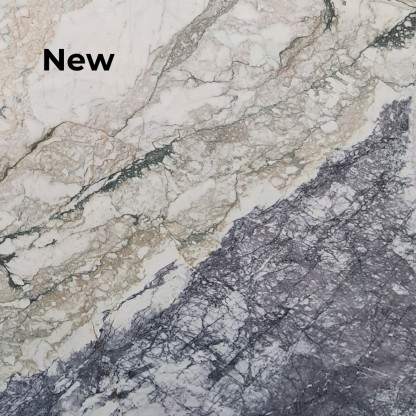
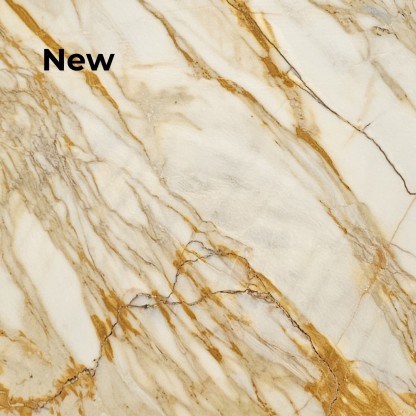
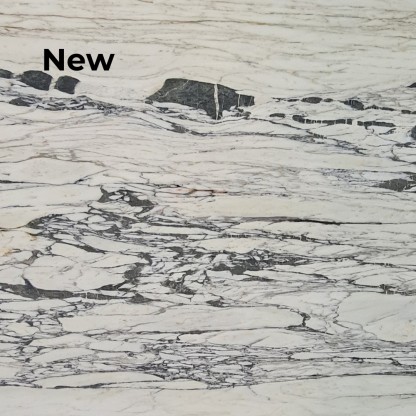
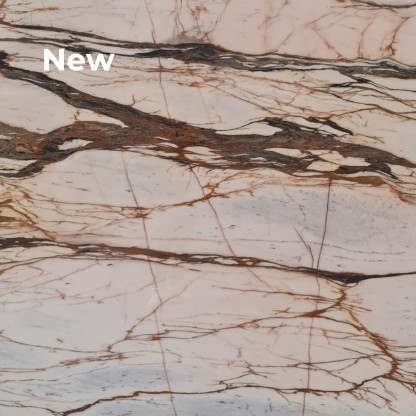
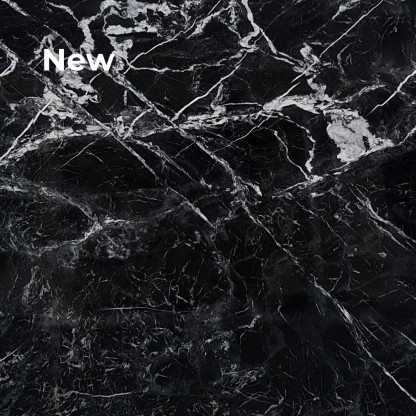
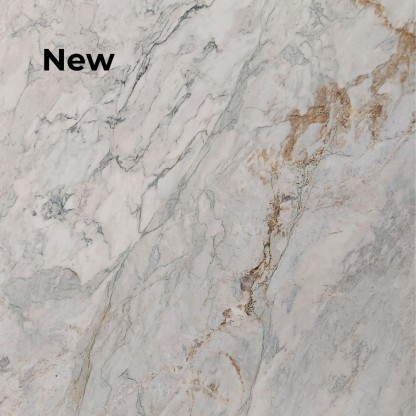
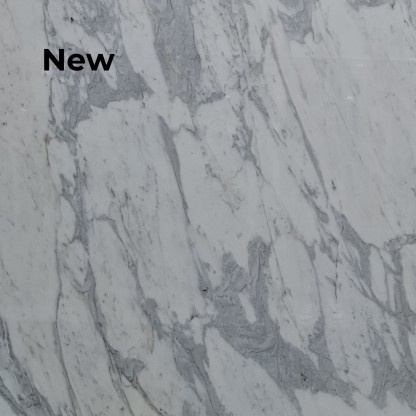
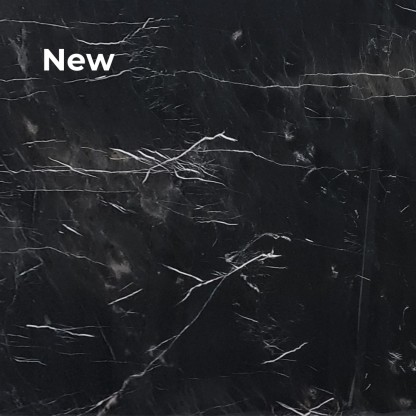
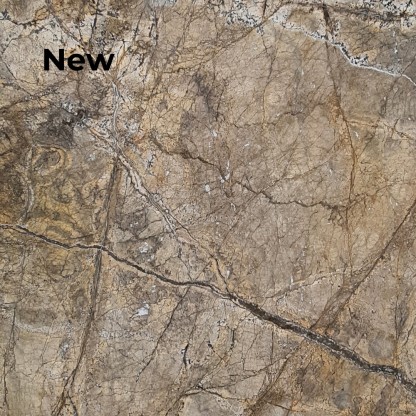
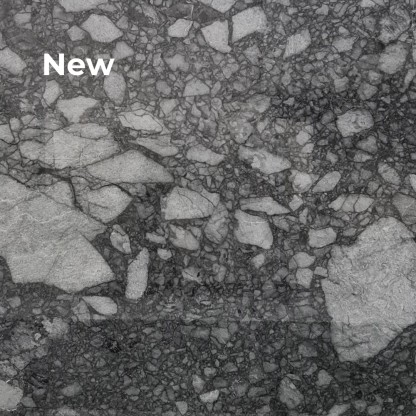
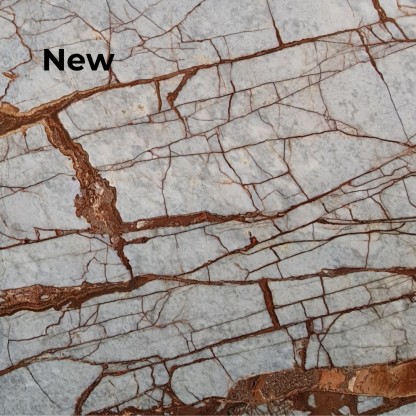
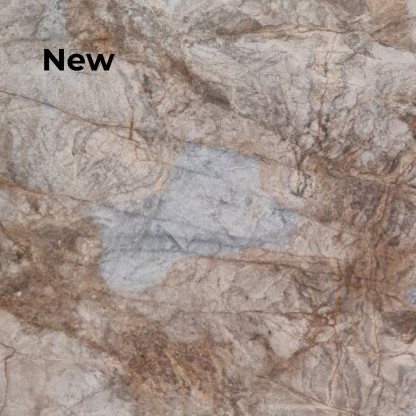

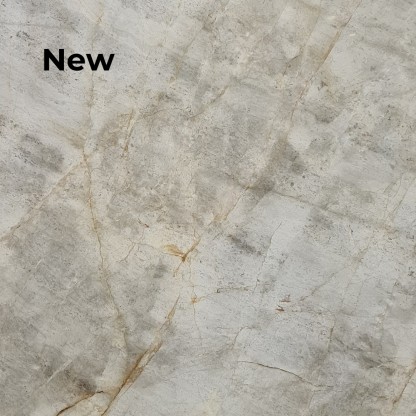
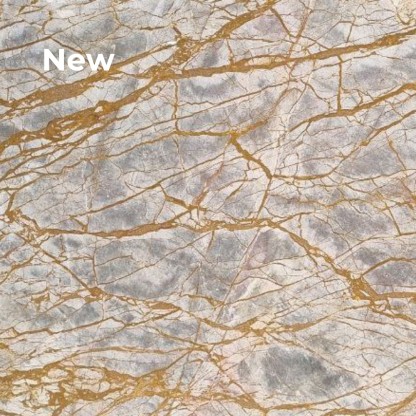
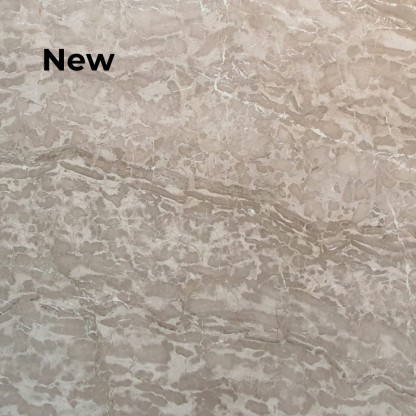
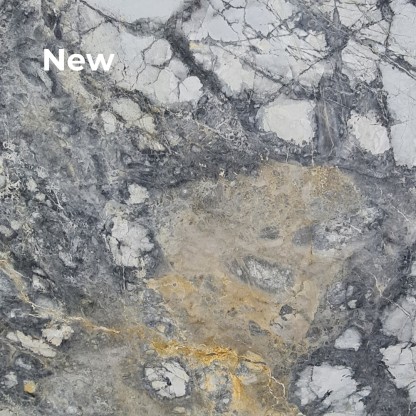
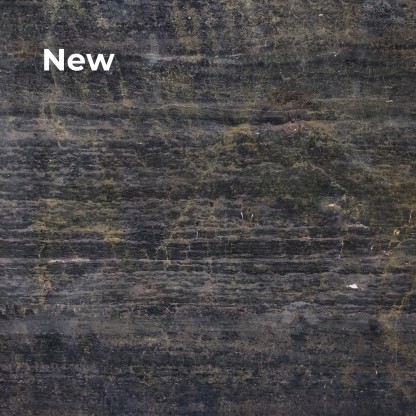
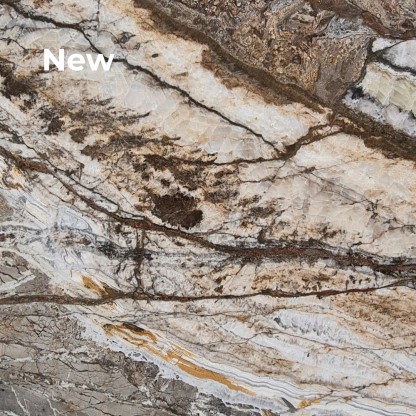
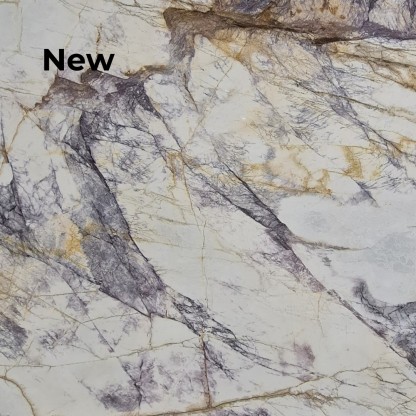
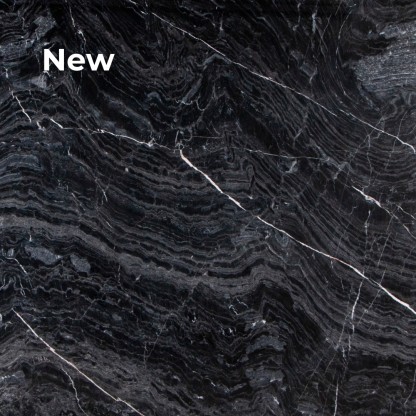
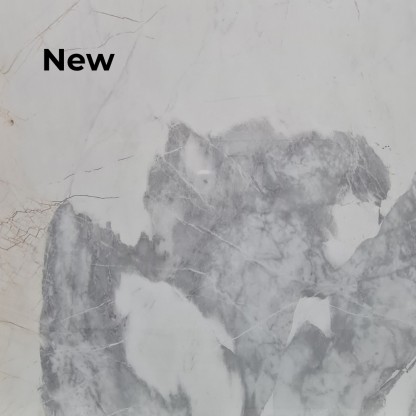
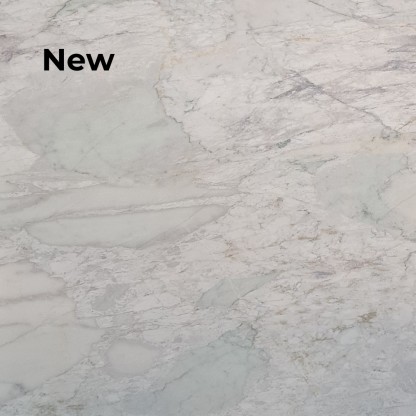
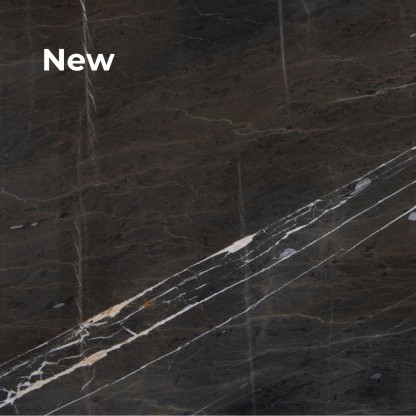
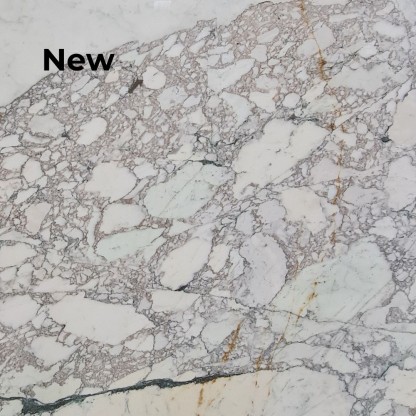
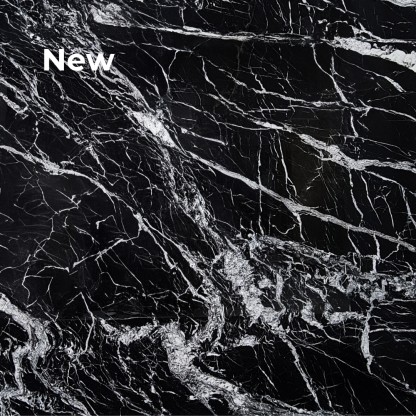
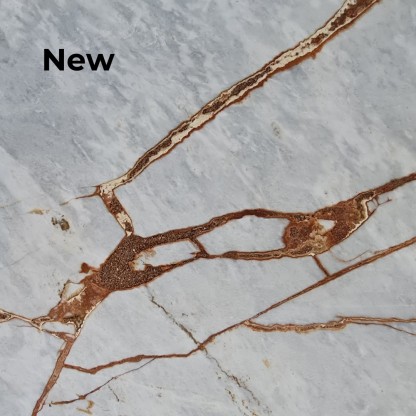
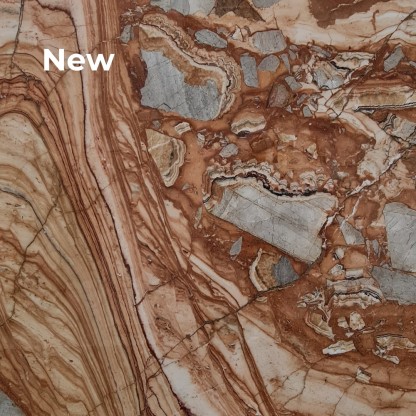
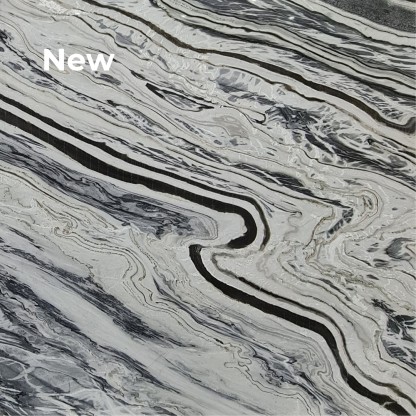

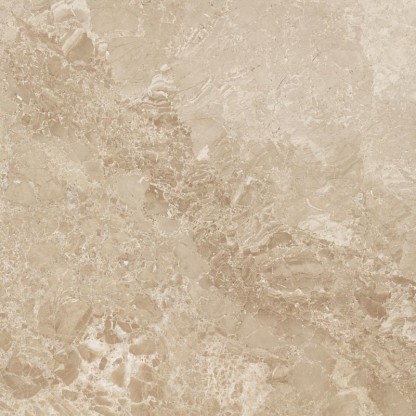
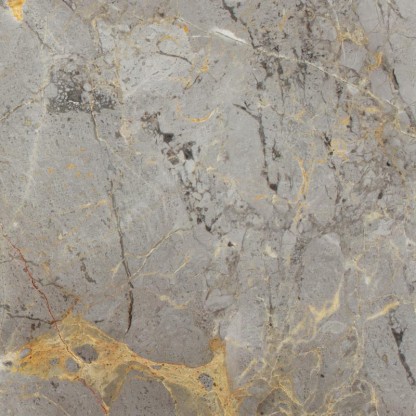
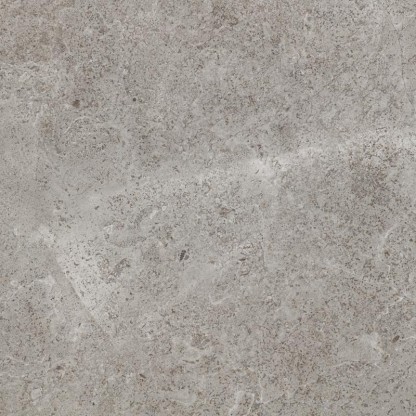
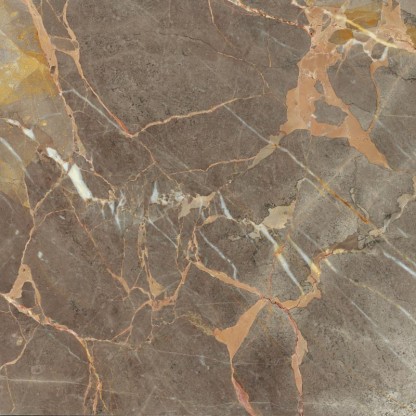
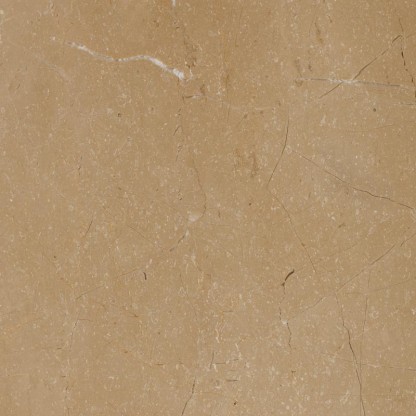
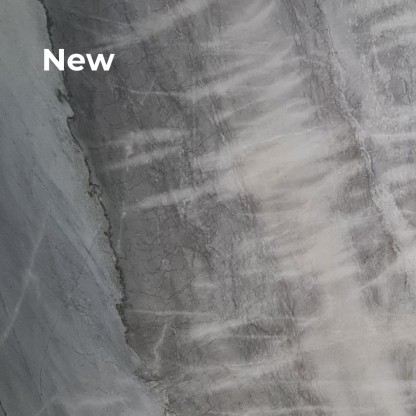
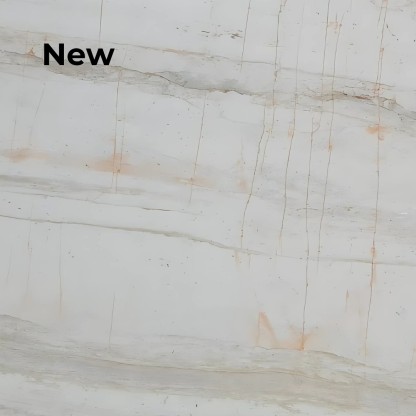
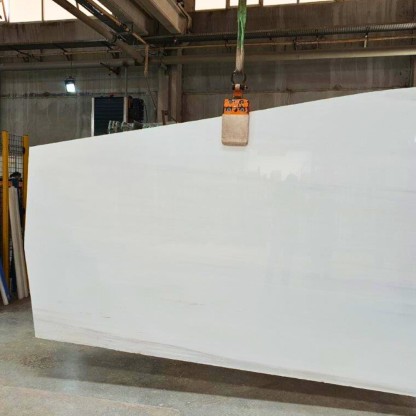
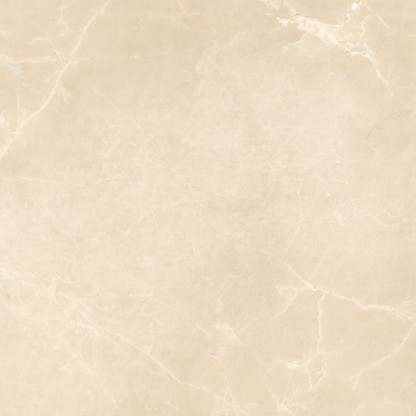
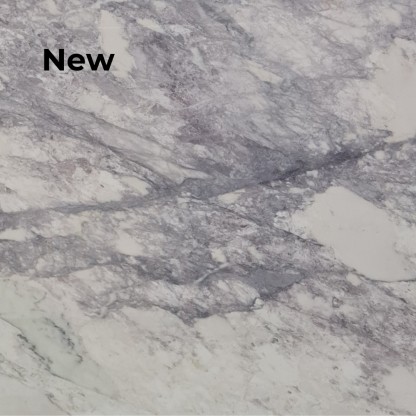
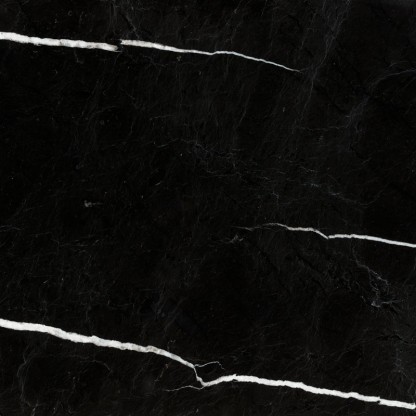
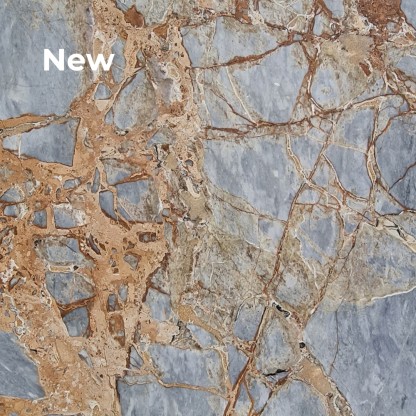
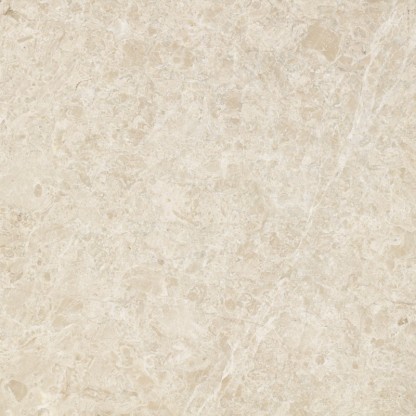
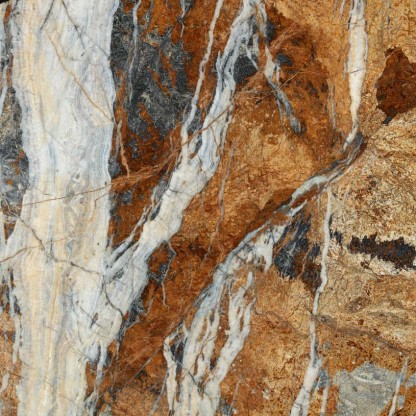
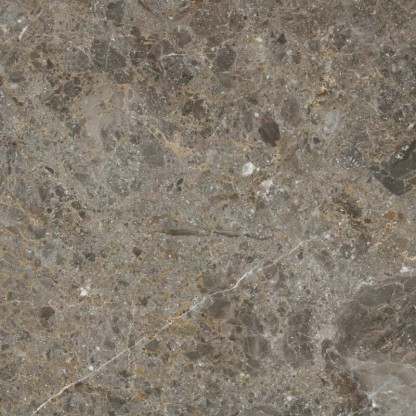
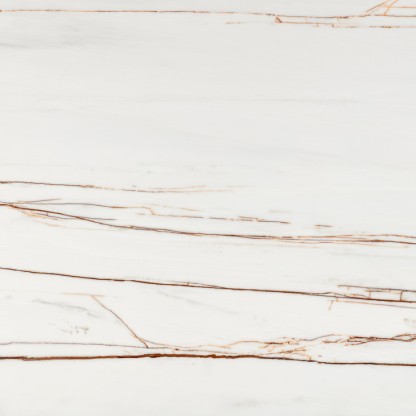
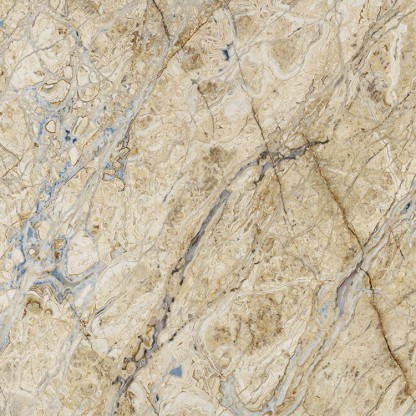
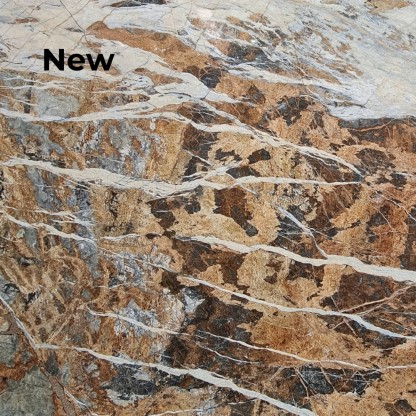
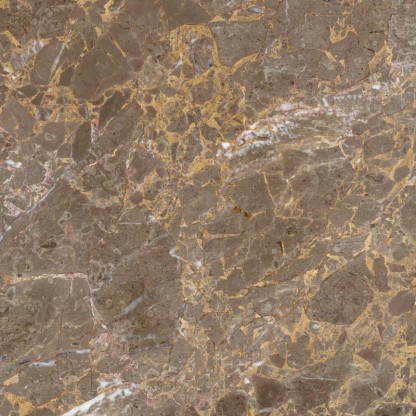
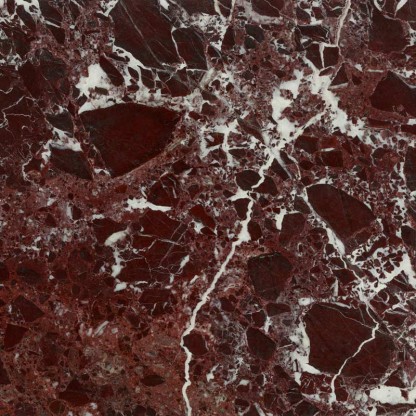
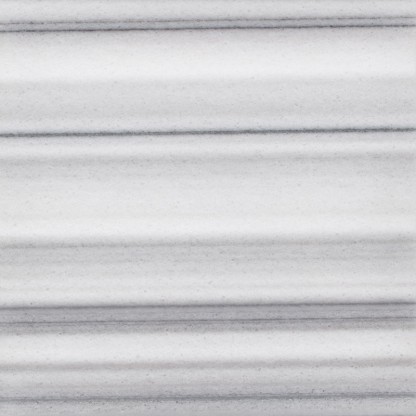
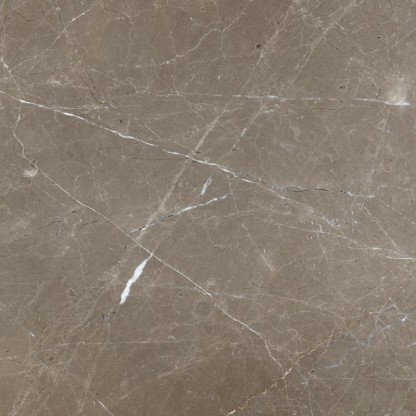
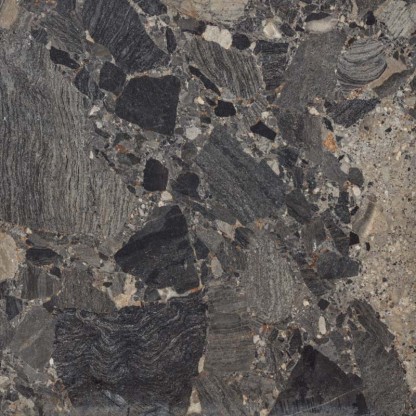
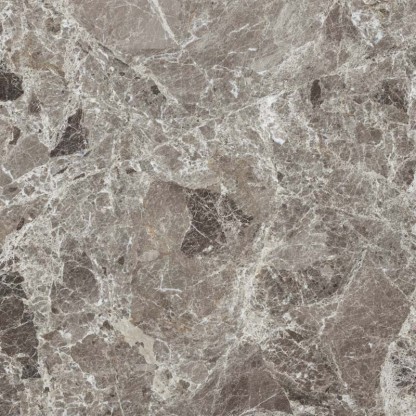
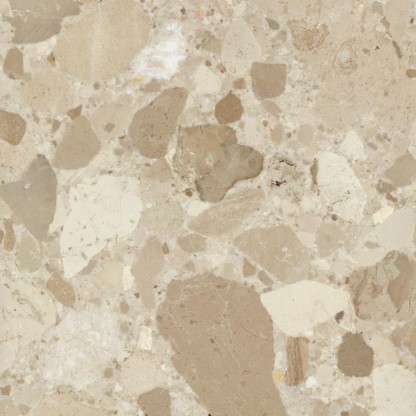
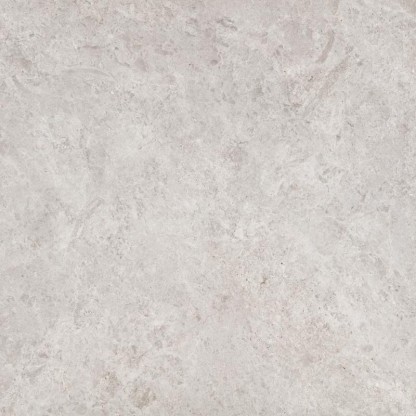
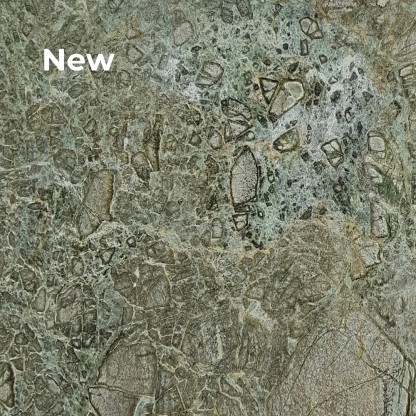
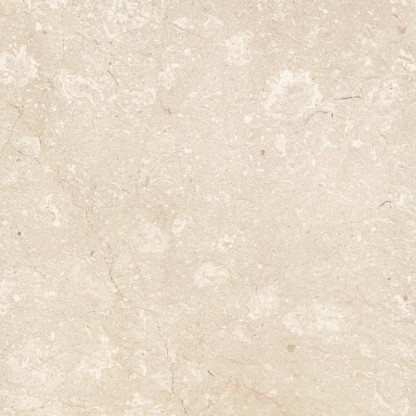
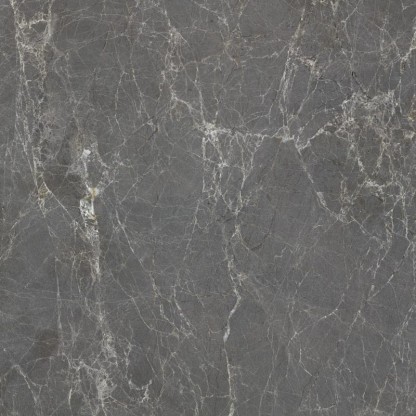
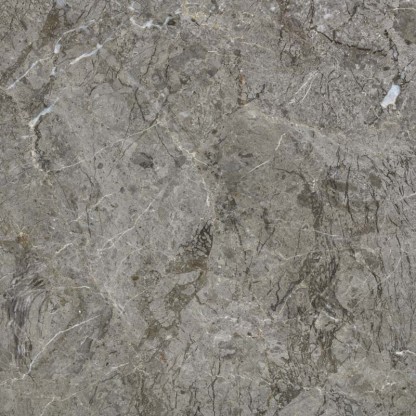
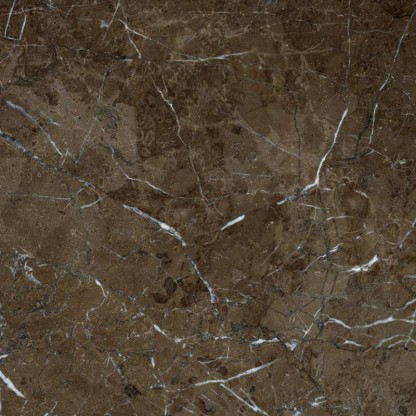
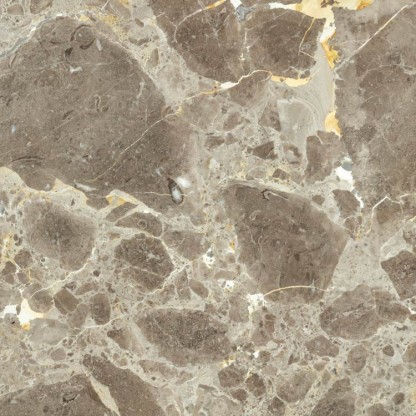
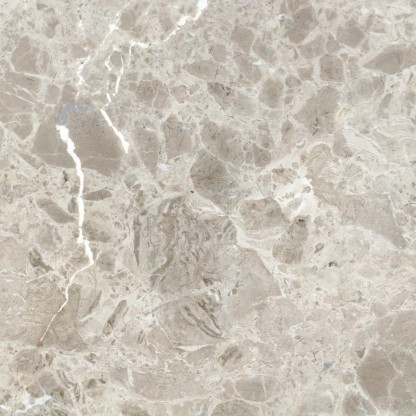
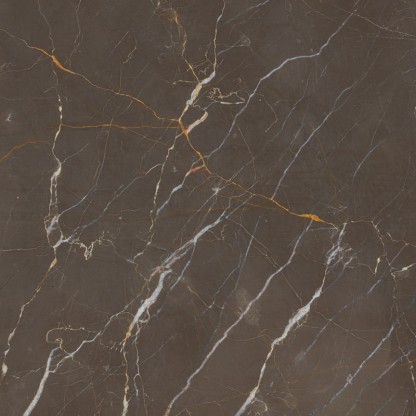
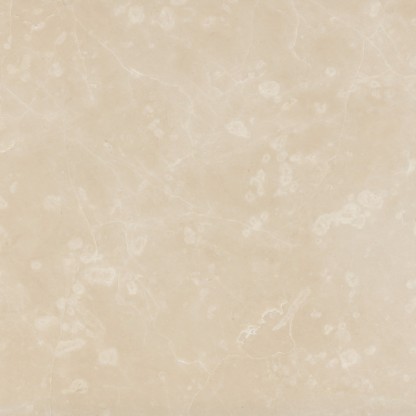
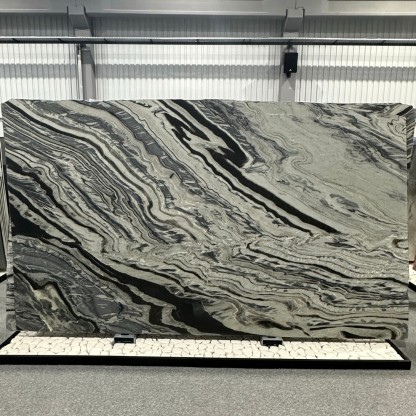
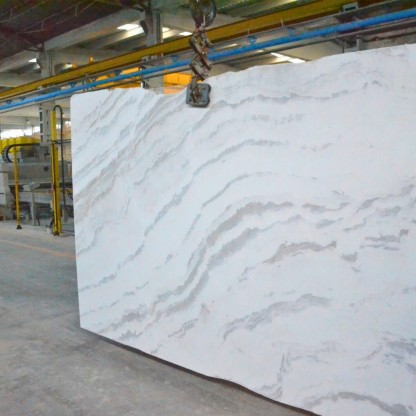
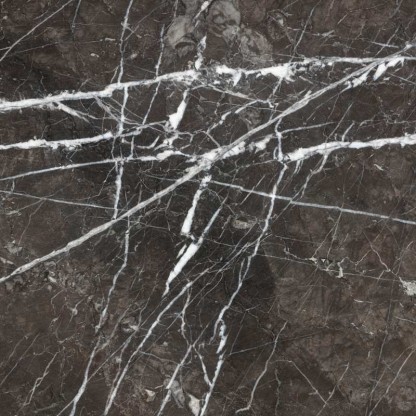

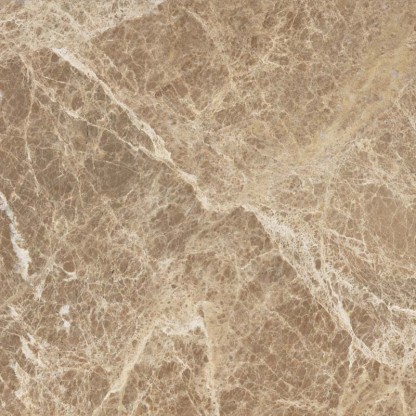


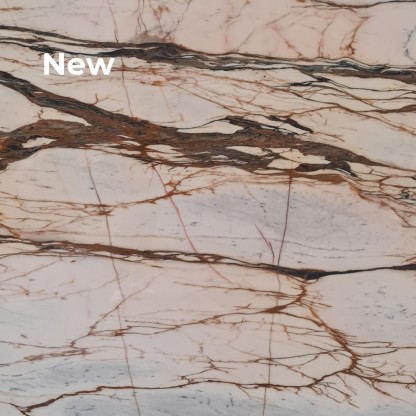
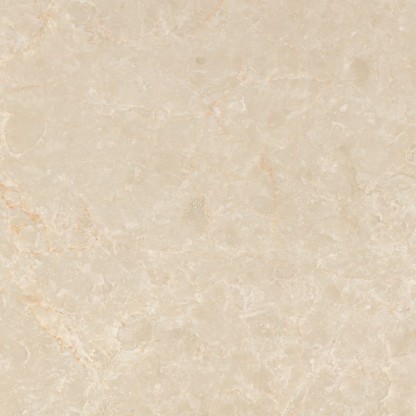
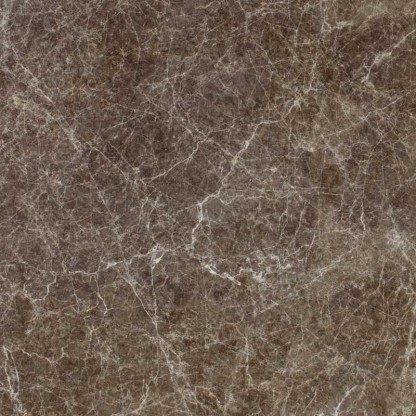
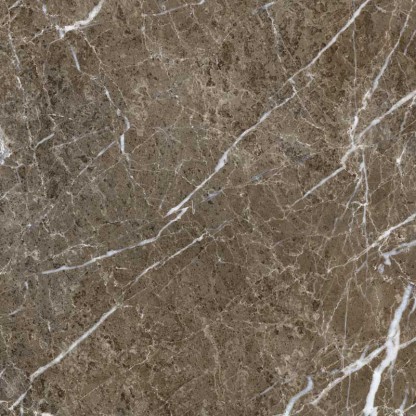
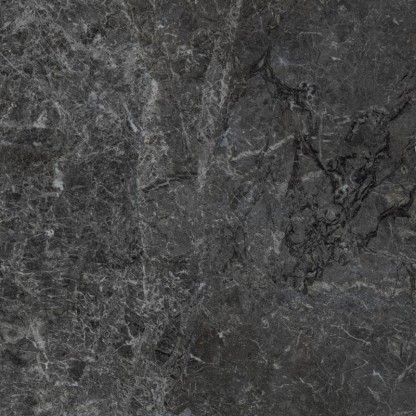
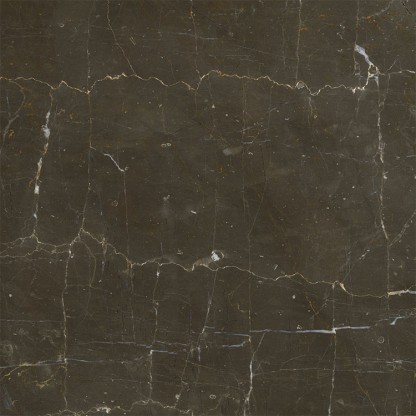
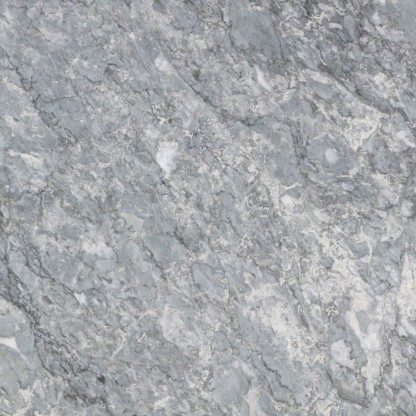
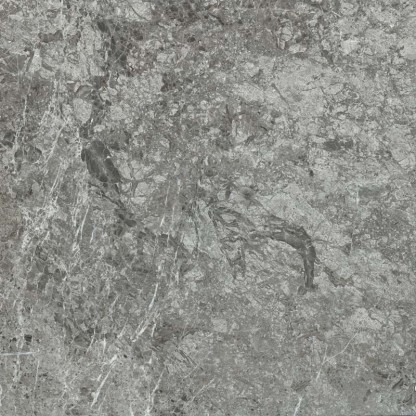
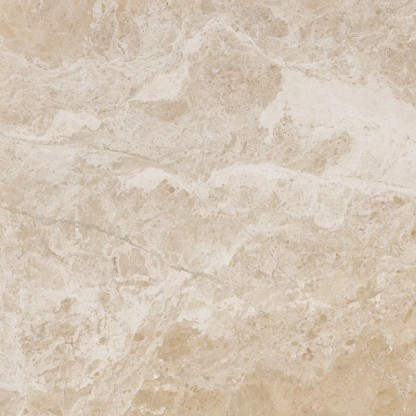
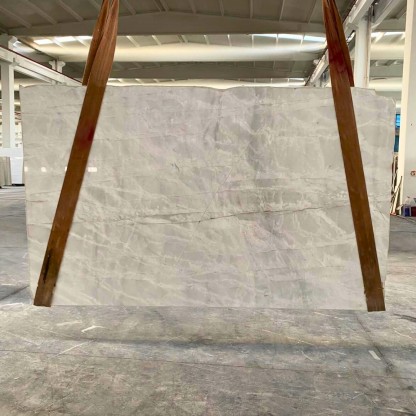
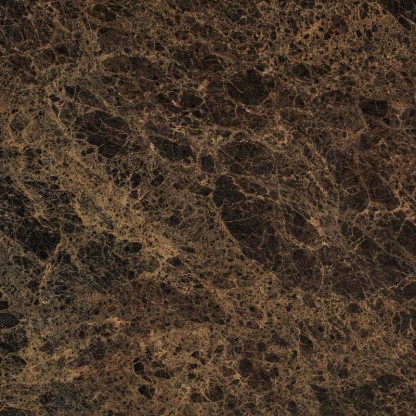
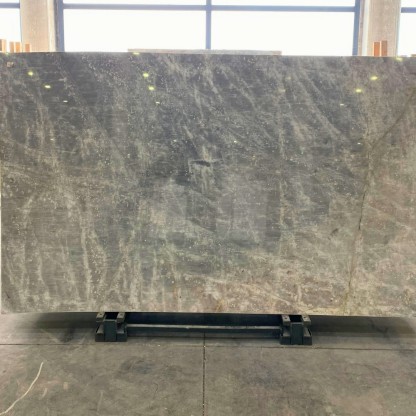
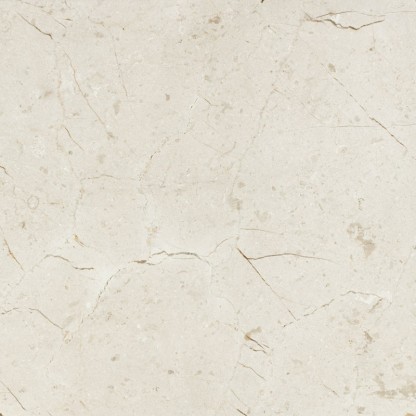
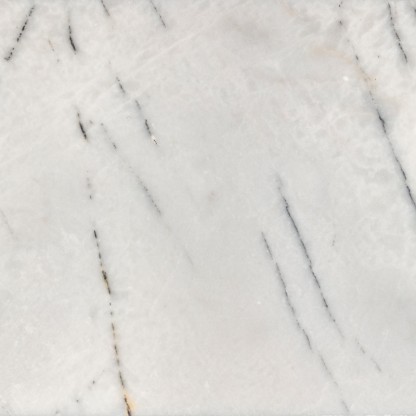
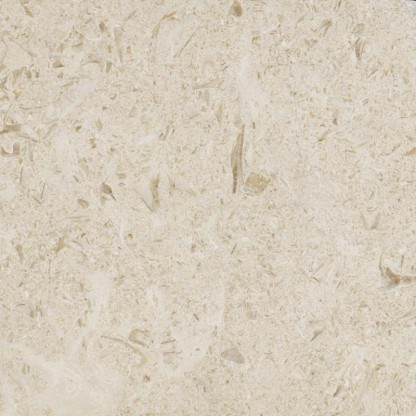
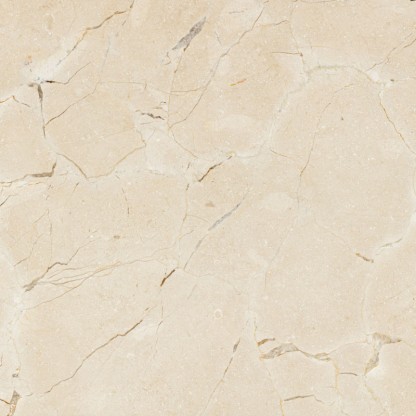
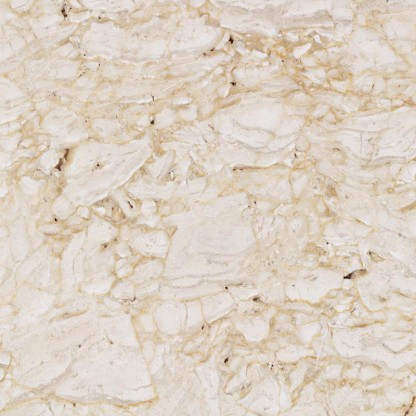
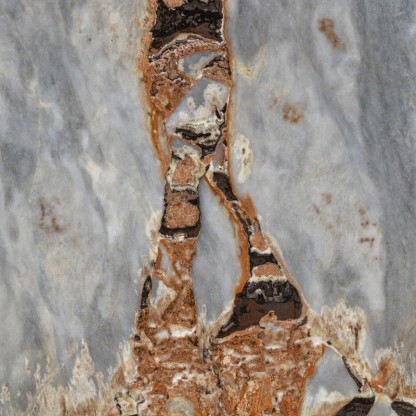
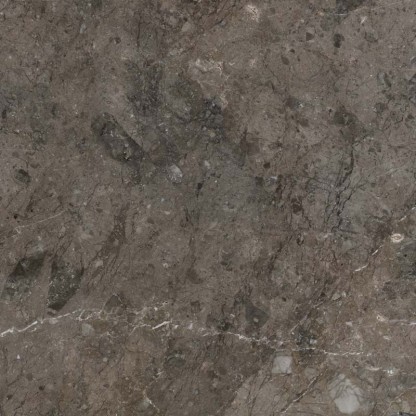
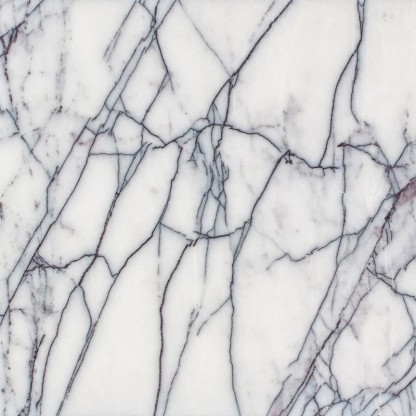
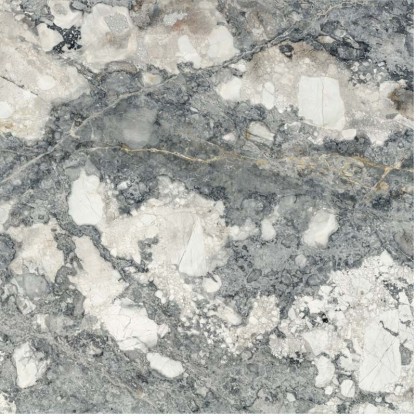
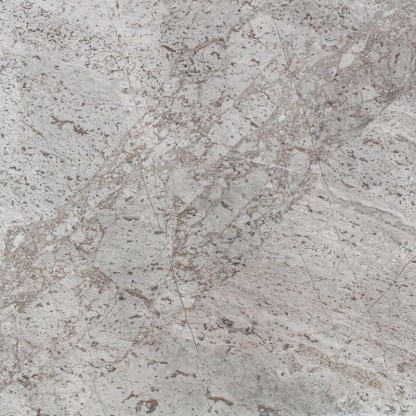
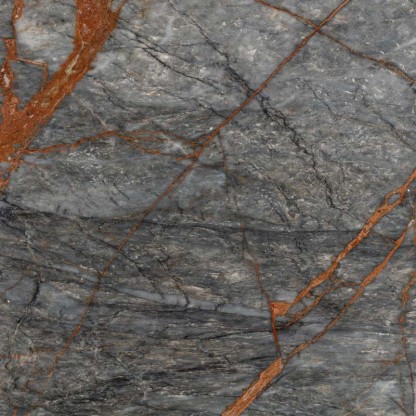
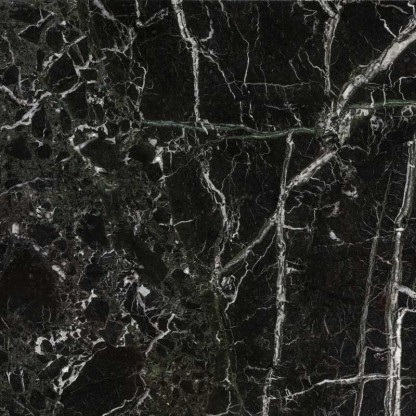
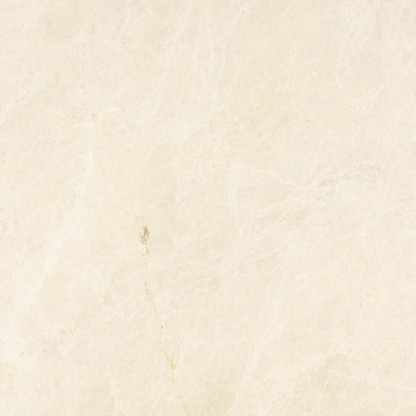

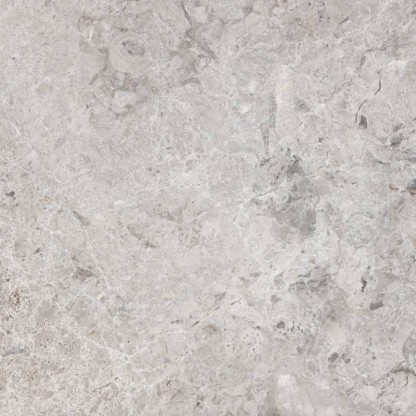
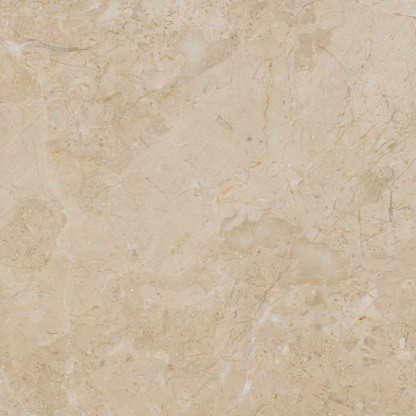
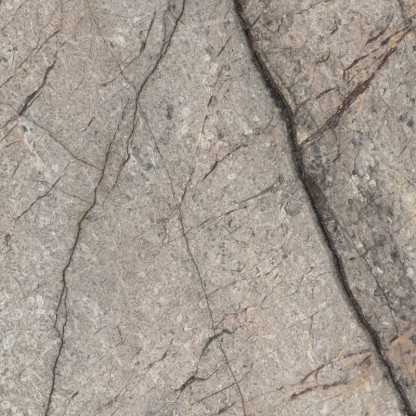
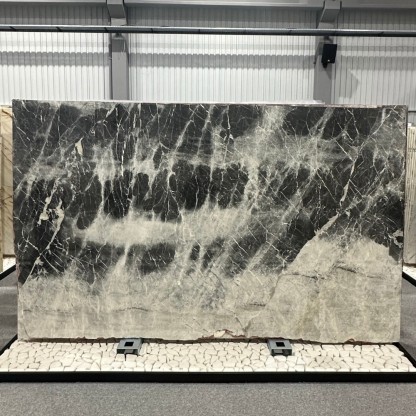
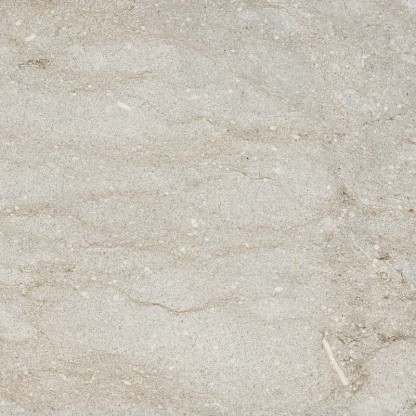
Can marble withstand heat?
Marble is known for its heat resistance. This advantage makes marble suitable for various areas, including bathroom flooring, kitchen counter, and fireplace surrounds. It is excellent to have marble as countertops if the kitchen generally sees bake-offs. Still, you should continue to be cautious with your marble tiles or countertops to avoid the risk of discolorization.
Can marble be used outside?
Marble is a soft stone, making it prone to staining and etching. Accordingly, marble is not recommended for outdoor use that may damage the stone permanently. Moreover, UV rays may cause fading of marble’s surface
Can marble be repaired?
Marble can be repaired with various methods unless the damage is too major and beyond any personal or professional repair. For instance, a minor broken piece of marble can be fixed with epoxy. Homeowners also apply techniques to remove scratches and etch marks. For significant damages, though, it is recommended to get help from a professional to prevent further permanent harm.
Can marble stain?
As a natural stone, marble has a porous surface, meaning liquids are absorbed into the stone and trapped beneath the surface. Accordingly, marble is prone to stains and etching. However, marble can be protected against stains and etching when it is sealed regularly. Along with annual maintenance, you should commit to regular cleaning to prevent permanent stains on your marble stones.
What is marble used for?
Marble can be used in various areas, including buildings, monuments, cemetery markers, statuary, table tops, and interior decoration. When it comes to interior decoration, marble is an excellent stone for kitchen countertops, hallway and bathroom floorings, and kitchen backsplashes.
Why does marble turn yellow?
Sometimes, white marble begins to turn yellow, and there are some reasons for the yellowing of marble. The most common reason is iron oxidation. Iron is found in many natural stones, including marble. When marble is exposed to water or acids, the iron in it starts to oxidize, causing the yellowing of marble. Another reason for the yellowing of marble is improper cleaning. When dirty cloths or mops are used for cleaning marble, it may cause the accumulation of dirt, resulting in a yellow looking. Waxing can also cause the yellowing of white marble. Sometimes, the waxes can build up and turn yellow, causing your marble to look yellowed. Wear and tear is another reason for the yellowing of marble because once the polished surface wears away, the dirt in the pores gives a yellow look to marble.
Is marble hard to maintain?
Although the common idea is that marble is tough to maintain, the truth is not entirely true. Of course, like many natural stones, marble requires regular maintenance and cleaning; however, it does not mean that the maintenance process takes too much time and effort. Daily care such as immediately wiping up the spills during food preparation and using cutting boards, regular cleaning at least once a week with a soft microfiber cloth and gentle cleanser, and regular sealing are enough to maintain your marble stone for a very long time.
Marble
Durable and elegant, marble is one of the most popular natural stones. From kitchen countertops to floor tiles, you can use this mesmerizing stone on many different surfaces. If you’d like to know more about pros and cons of granite surfaces, keep reading.
Marble slabs have been the symbol of sophistication and opulence throughout the history. From Taj Mahal to Library of Celsus, many historical buildings and structures employ this gorgeous natural stone.
If you want to welcome the elegance of marble into your home, there are certain things you should know about this beautiful material. Keep reading to learn more.
What is marble?
Marble is a very hard and durable metamorphic rock that is widely used as tiles and countertops. It comprises various carbonate minerals such as calcite and dolomite. Following a metamorphism process, carbonate crystals are formed thus creating gorgeous marble blocks.
In addition to calcite and dolomite, marble also contains different minerals and materials such as sand, clay, serpentine, silt, chert, sand and so forth. These secondary minerals and materials give marble blocks their unique colors and eye-cathcing veins.
There are many different types of marble characterized by their color and origin:
-
Pentelic Marble: This marble type has a dignified pure white color and is found in Attica and Mount Pentelicus region of Greece.
-
Creole Marble: Found in Pickens County, Georgia, Creole marble has an impressive white and blue/black color.
-
Hanbaiyu Marble: This marble is known for its exquisite white color and found in Quyang County region of China.
-
Etowah Marble: Native to Pickens County, Georgia, this marble is known for its soft, pinkish color.
-
Nero Marquina Marble: Found in Markina region of Spain, this marble is famous for its extravagant black color which suits modern interior design styles.
-
Carrara Marble: Native to Tuscany region of Italy, Carrara marble comes in two different colors: White or blue-gray.
-
Ruskeala Marble: Having a classic, white color, Ruskeala marble is native to the Karelia region of Russia.
-
Bianco Sivec Marble: One of the most popular white marbles, Bianco Sivec is found in Pelagonia region of North Macedonia.
-
Swedish Green Marble: As its name suggests, this marble has a stunning green color and is found in Södermanland region of Sweden.
-
Prokonnesos Marble: Found in Marmara region of Turkey, Prokonnesos marble has a pure white color.
Marble Colors
The variation of the chemical components of a marble block determines its color: You can find gorgeous marble slabs in white, off-white, black, green, brown, gold, red, cream, blue, yellow, Calcutta, and grey.
Since marble is a natural stone, each marble slab has a unique shade and vein pattern. That is why there are no two marble slabs that are identical. If you want to express your unique taste in interior design, marble is a dazzle material that will leave you absolutely satisfied.
Marble Countertops
Marble stone is often used in kitchen countertops and marble tiles. Although very hard, marble is a porous stone. That is why it requires great care and regular maintenance.
Staining agents like wine, oil or juice must be kept away from marble surfaces. Moreover, marble countertops and marble tile countertops require regular sealing.
If you like the upscale look of this impressive natural stone and don’t mind the maintenance requirements, marble is the perfect choice for you.
If you’d like to know more about marble countertops and marble suppliers near you, feel free to get in touch with us.
